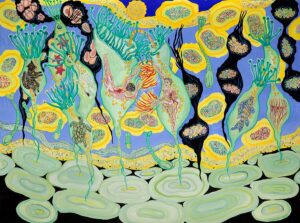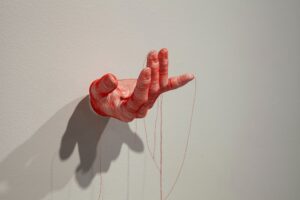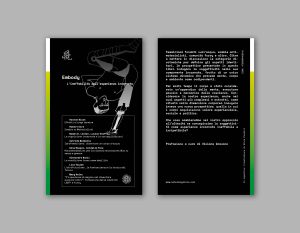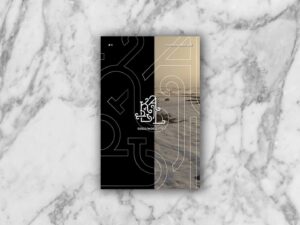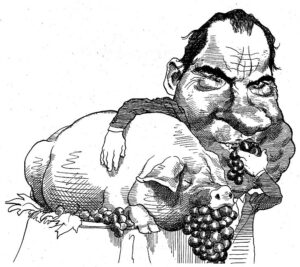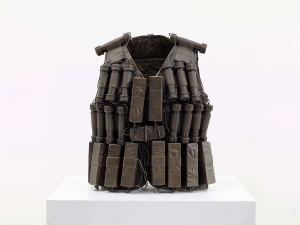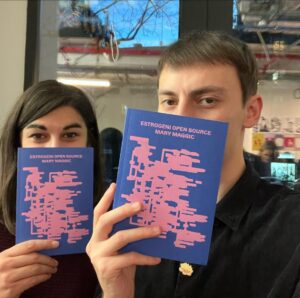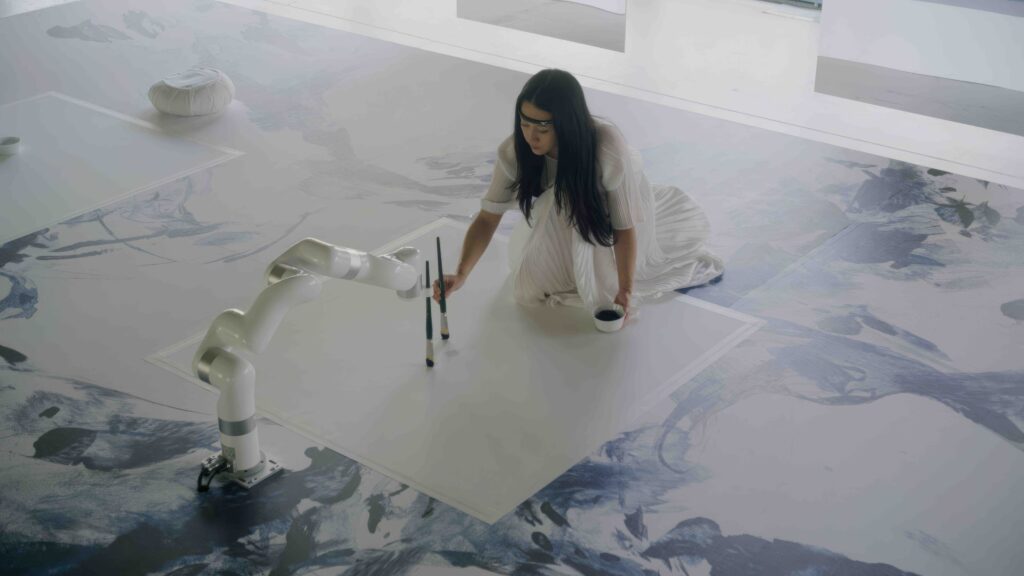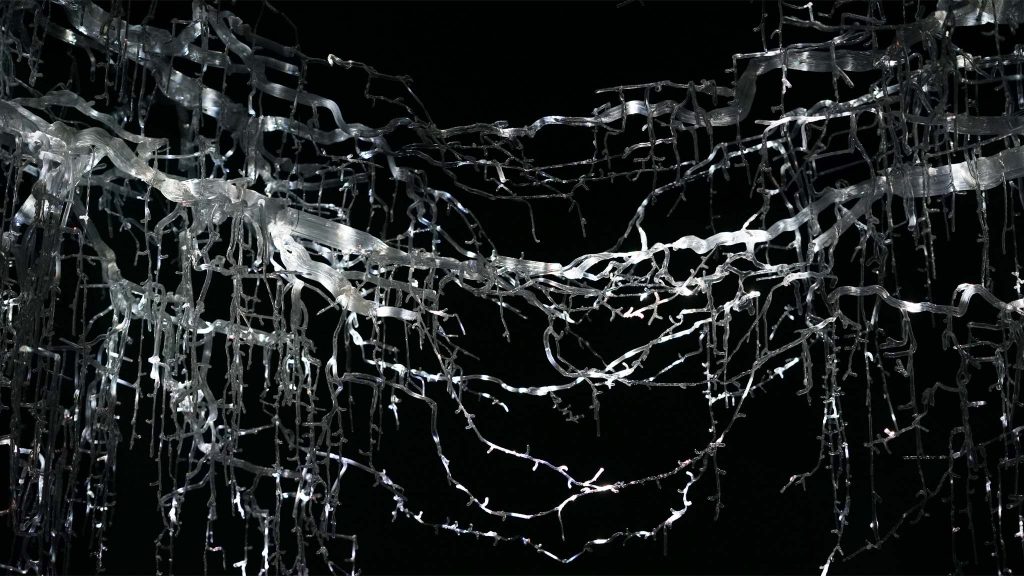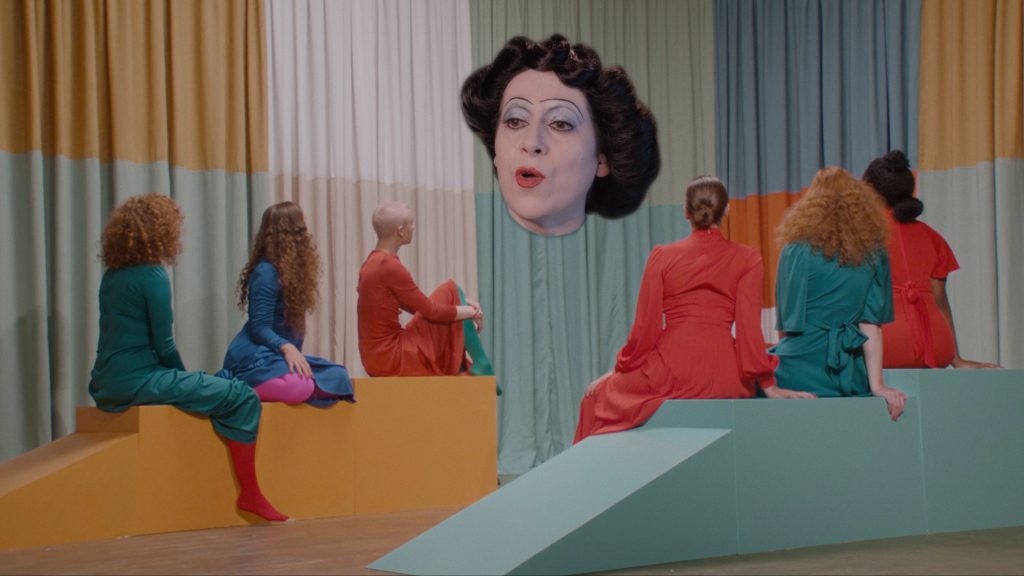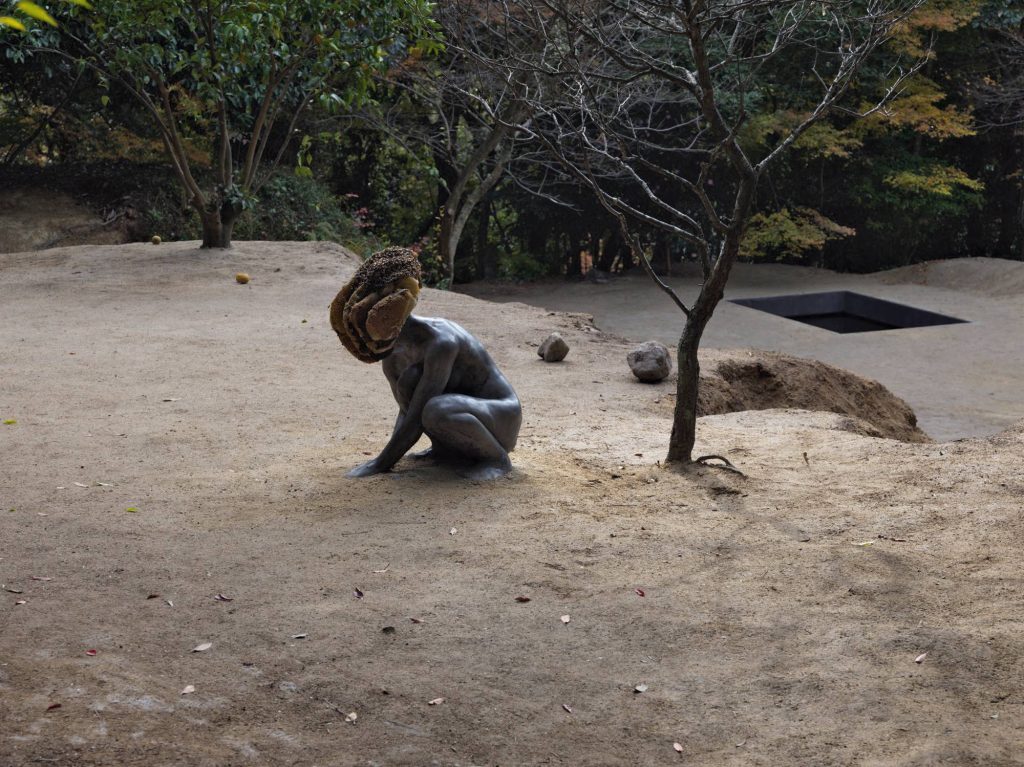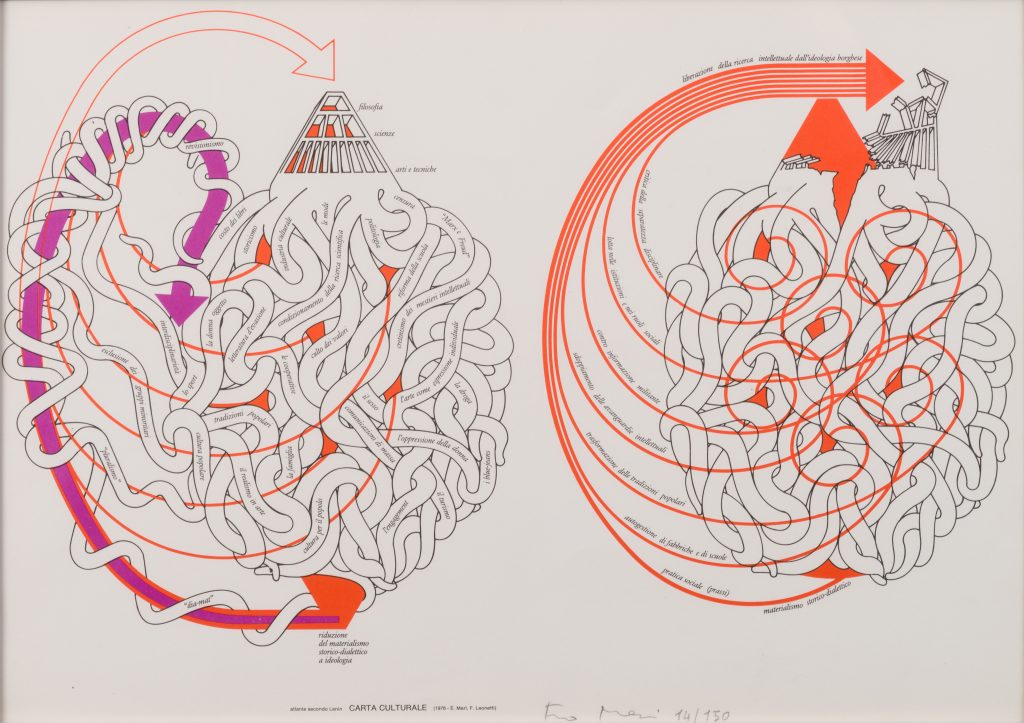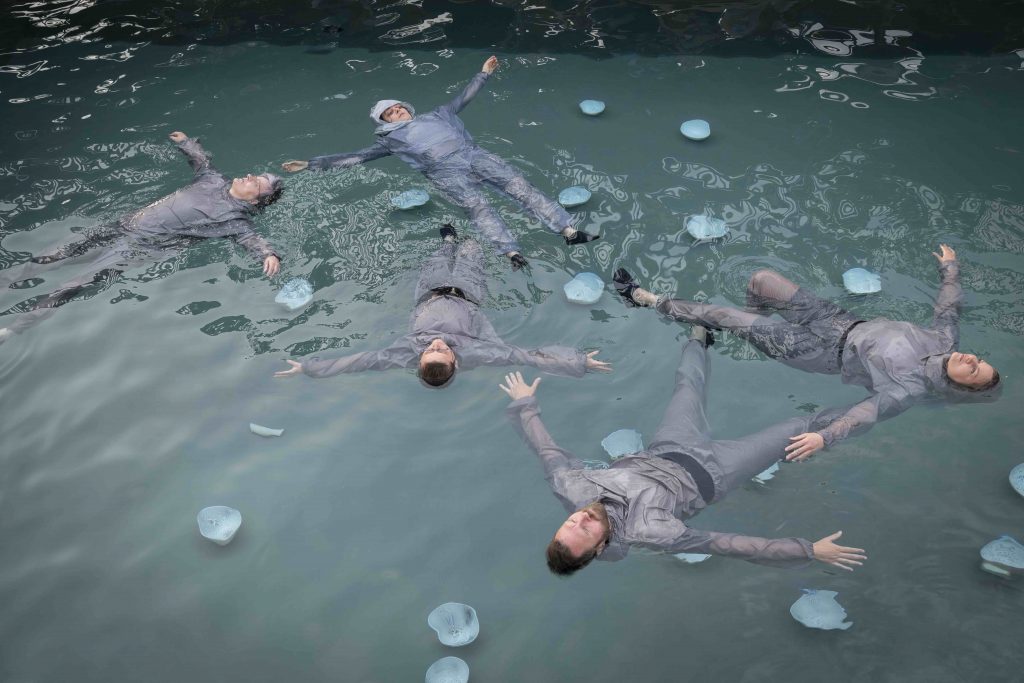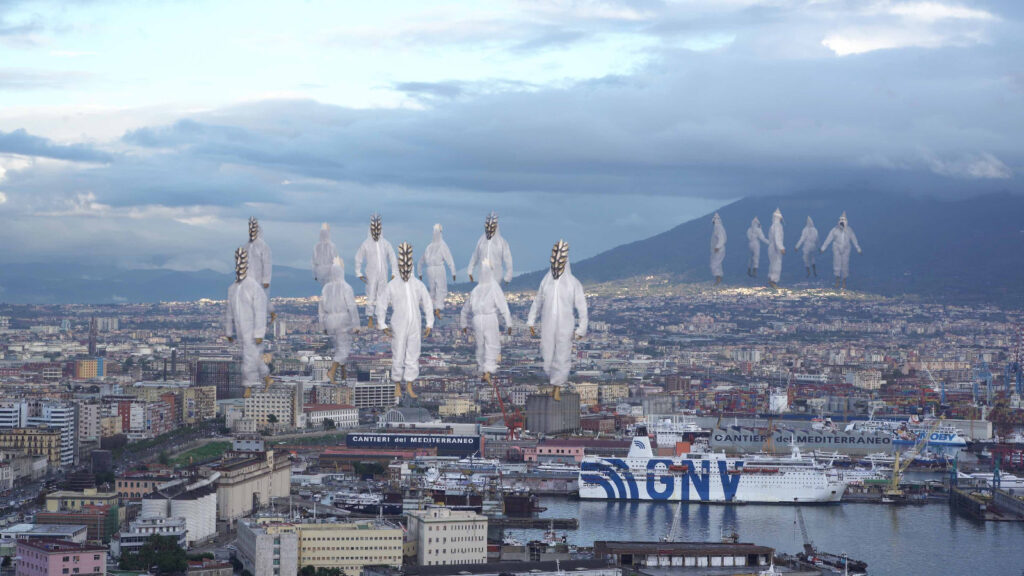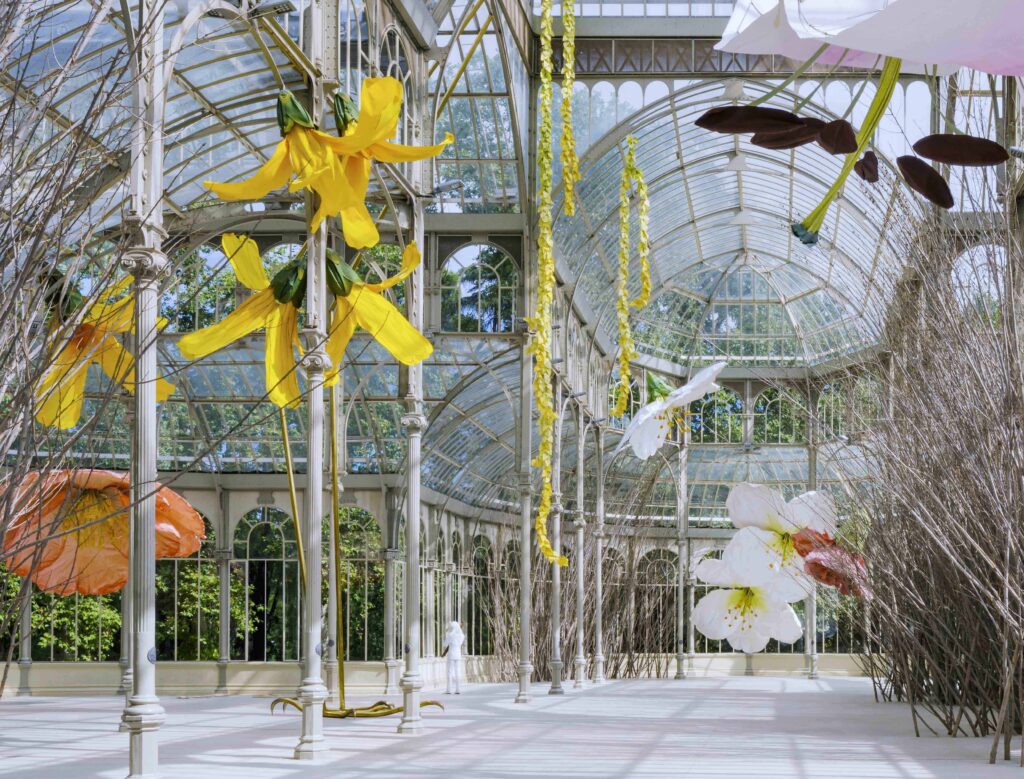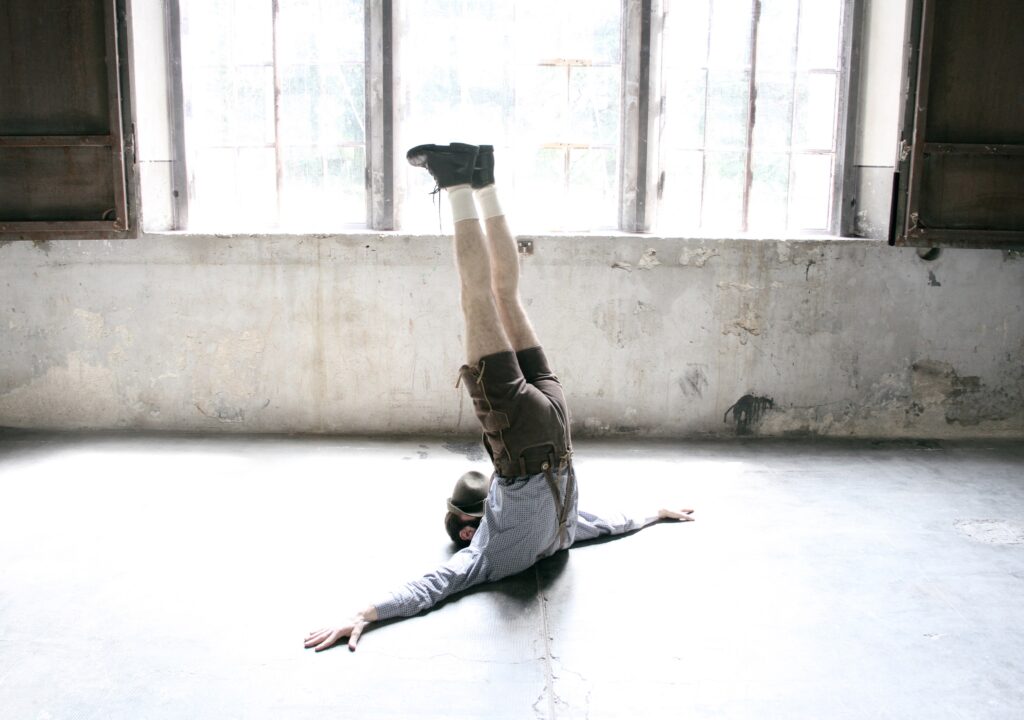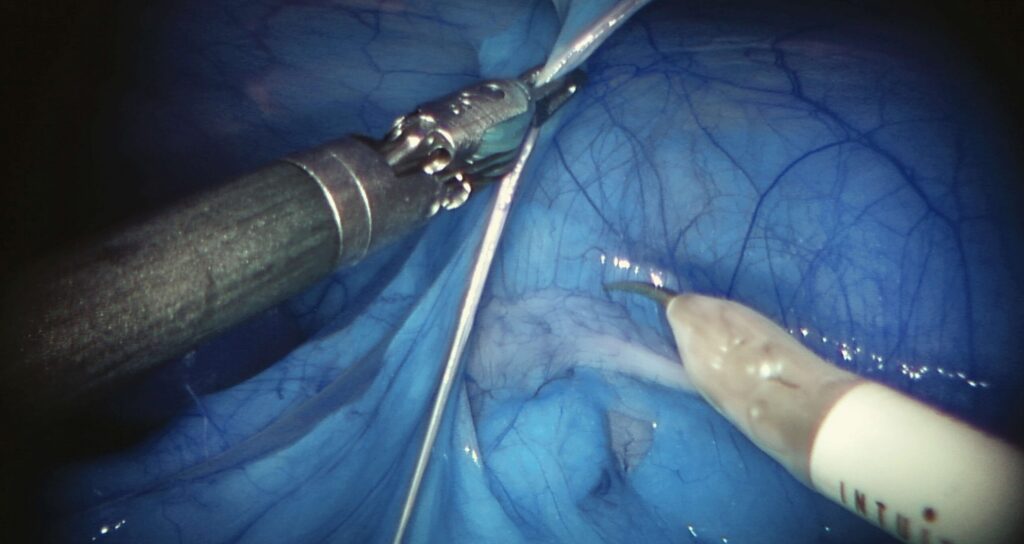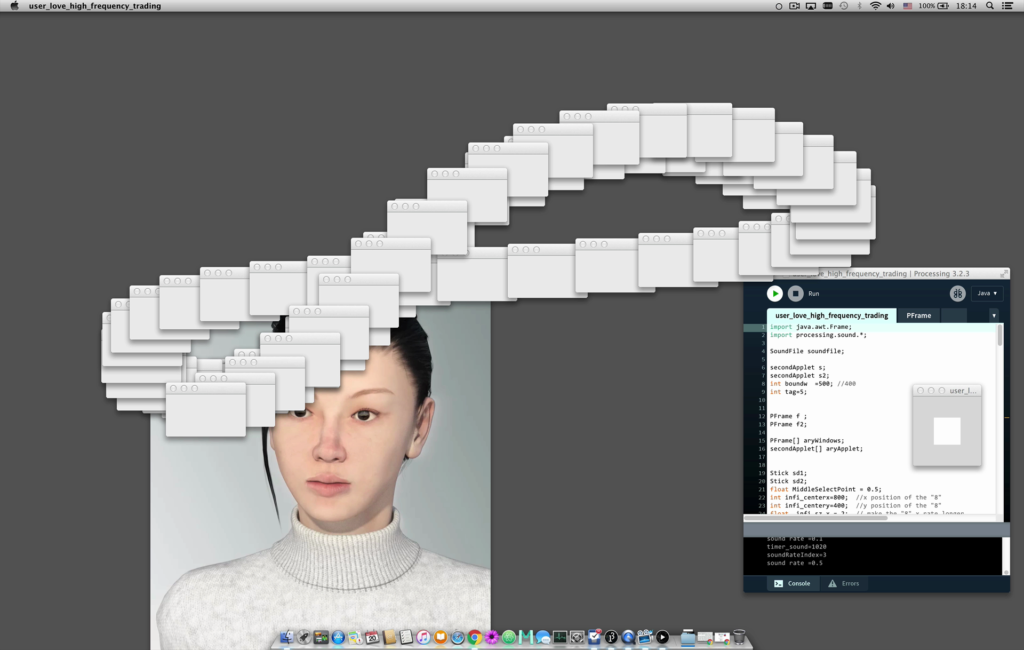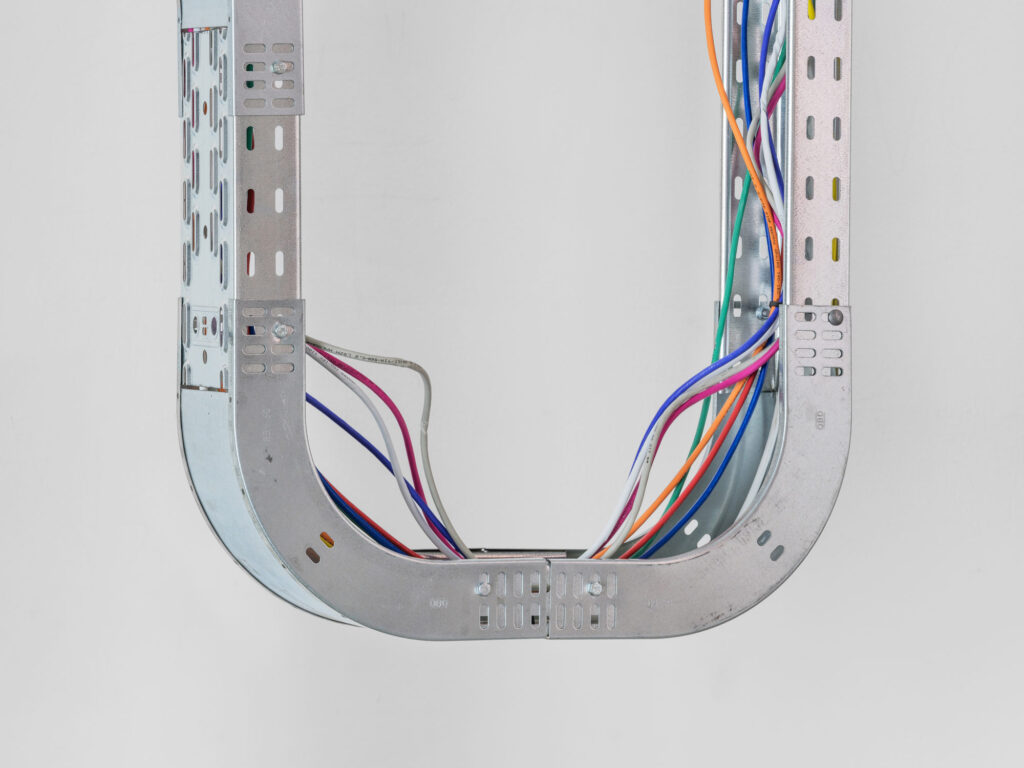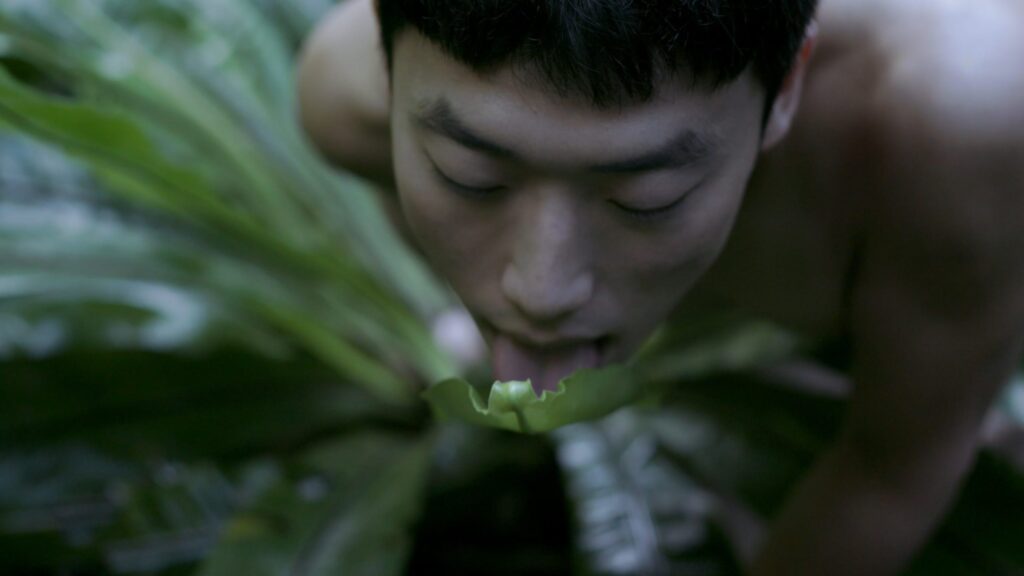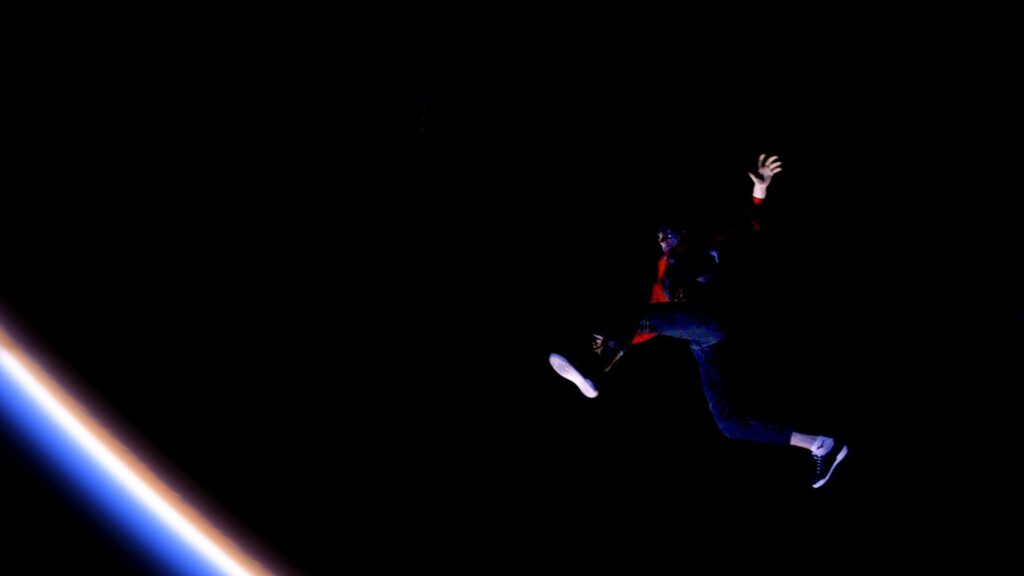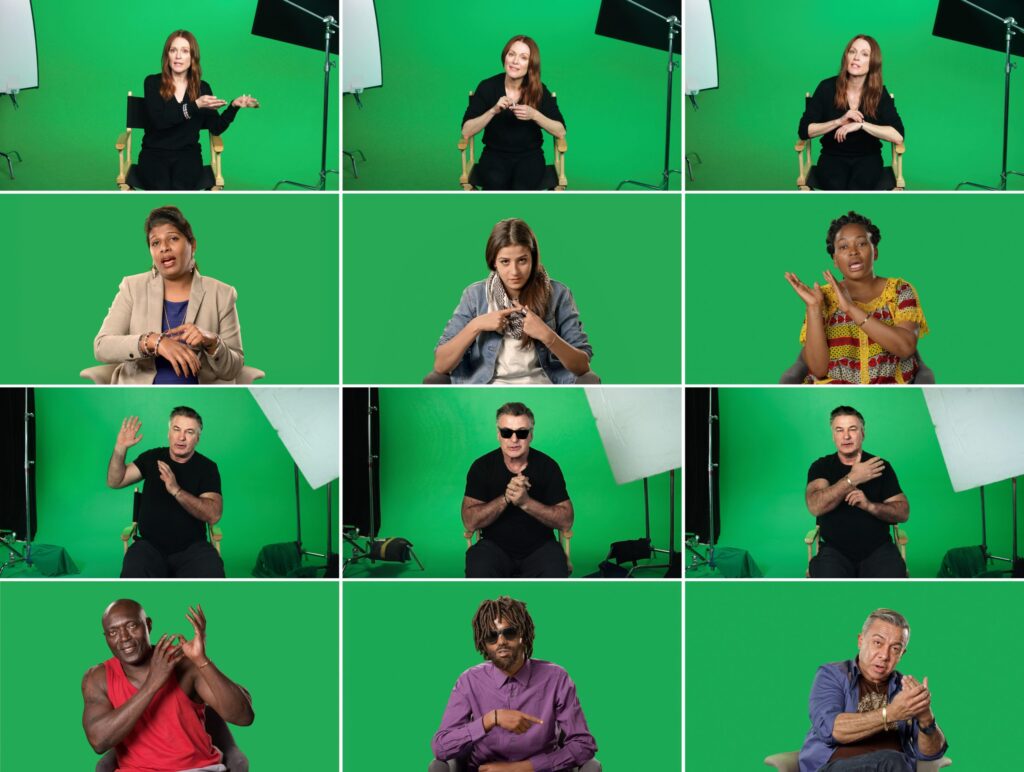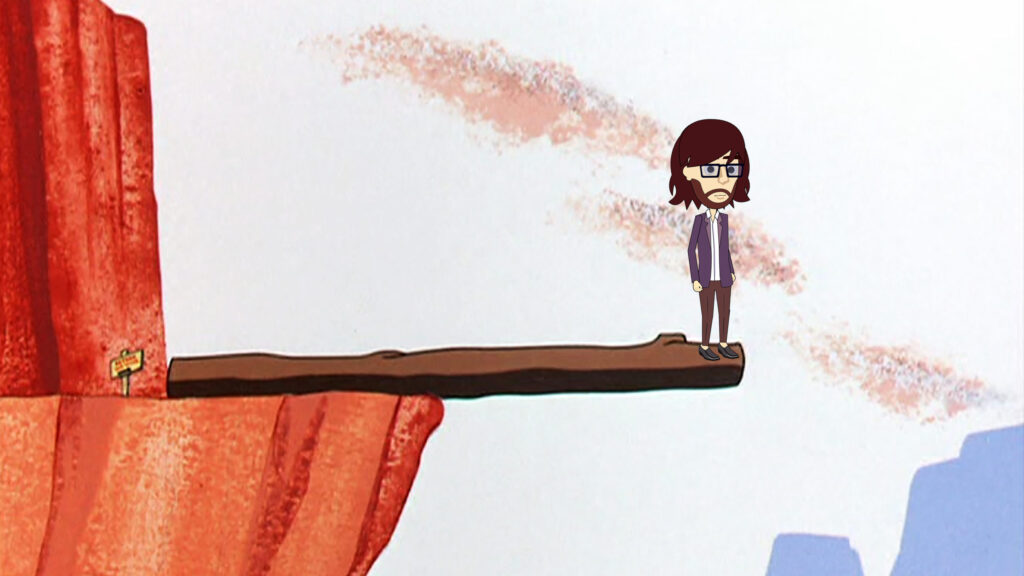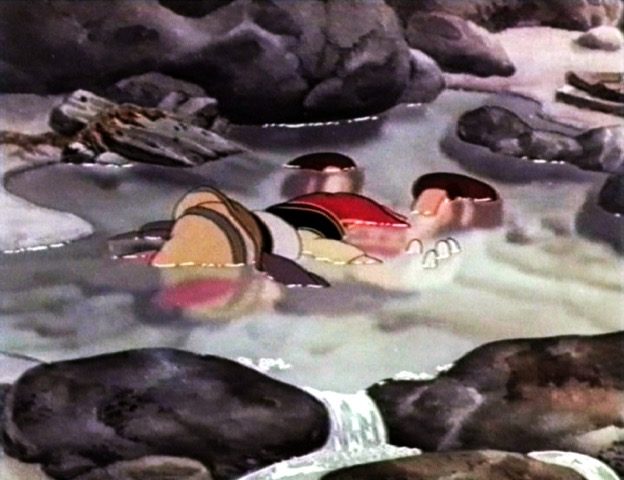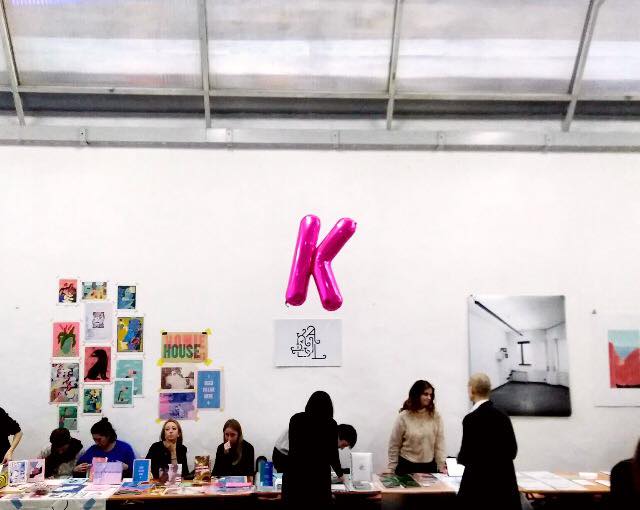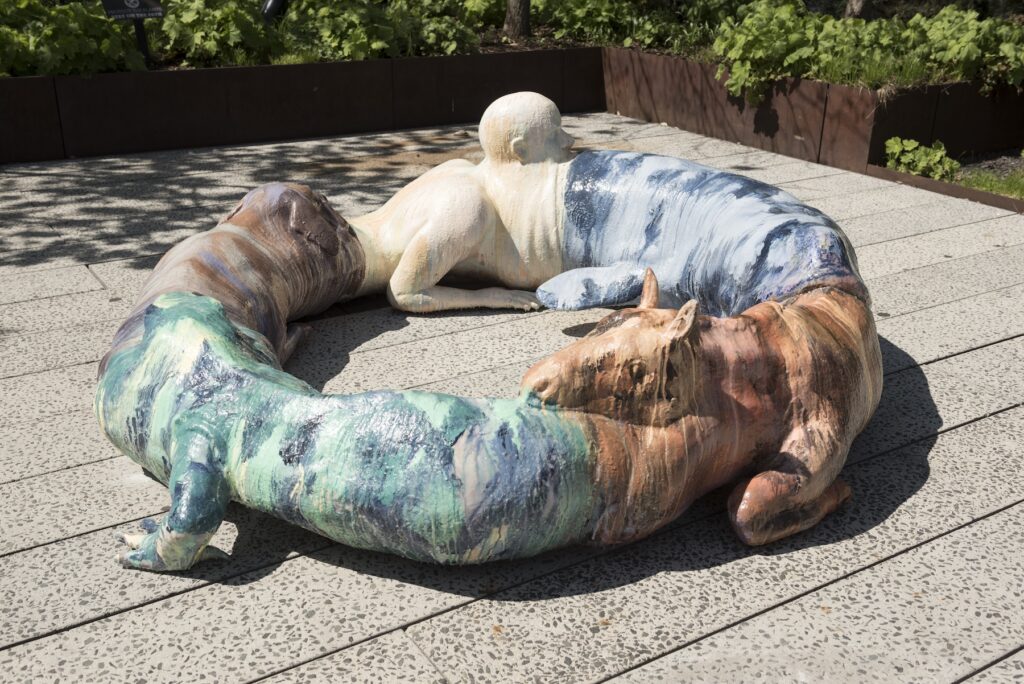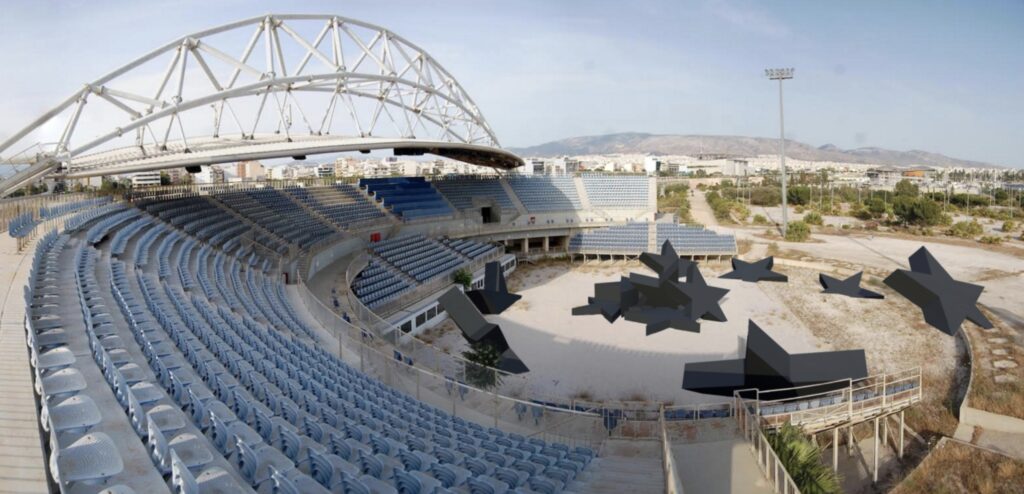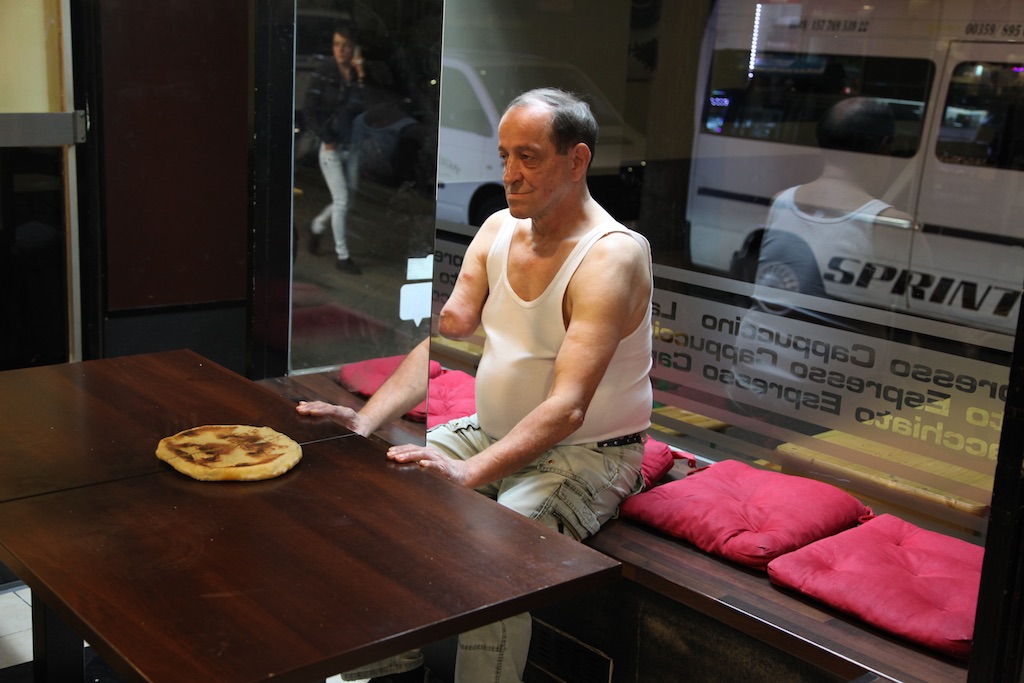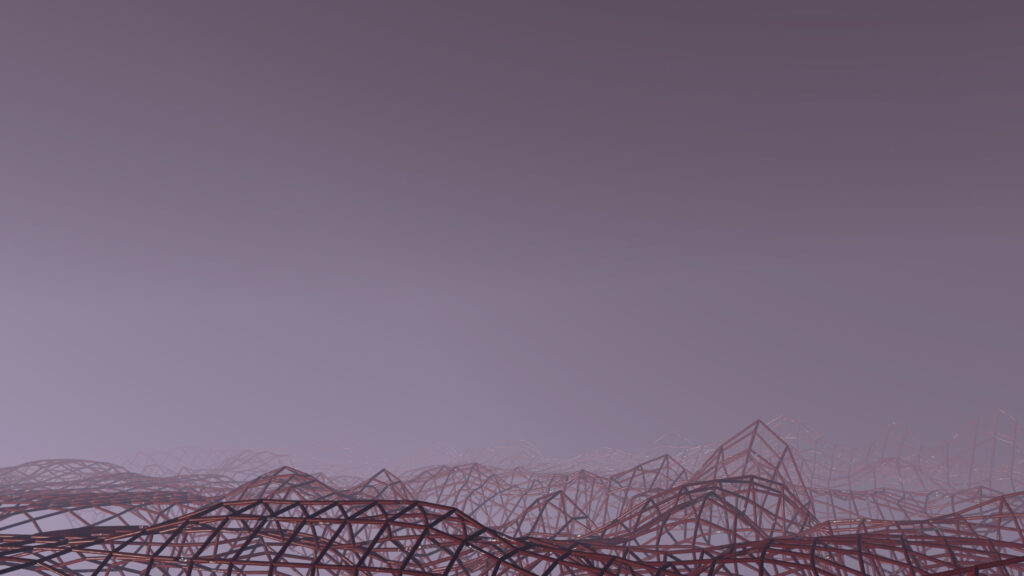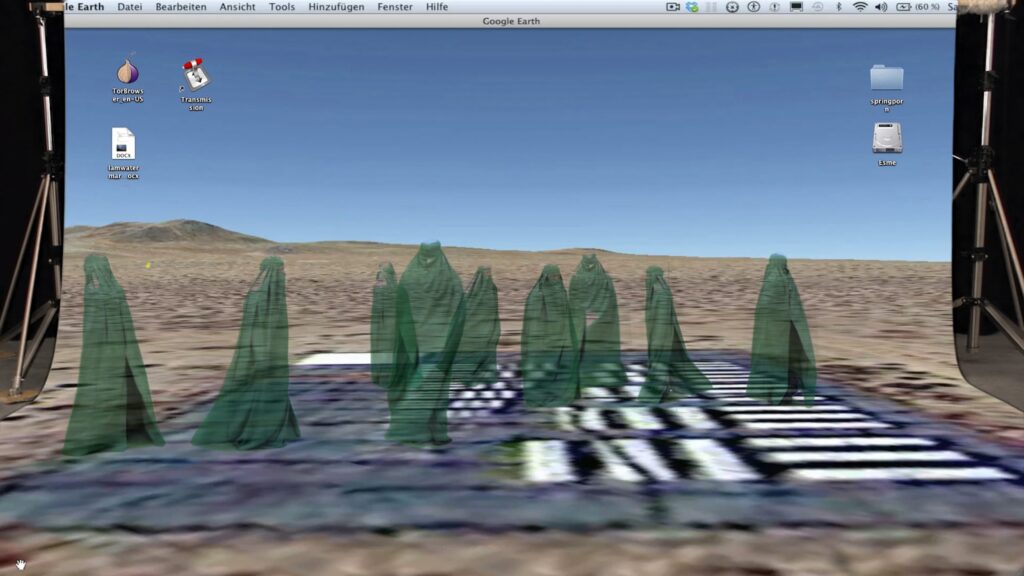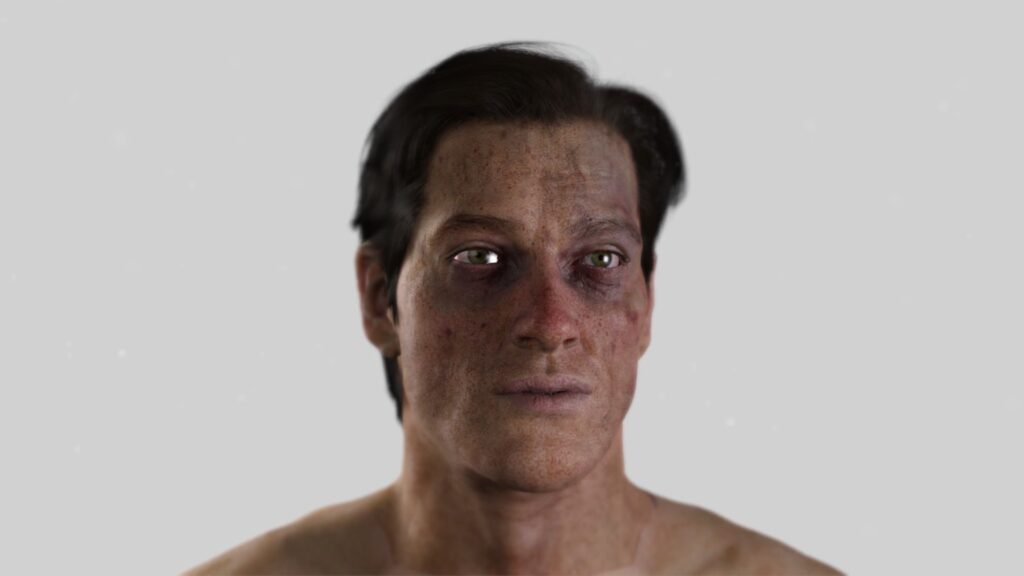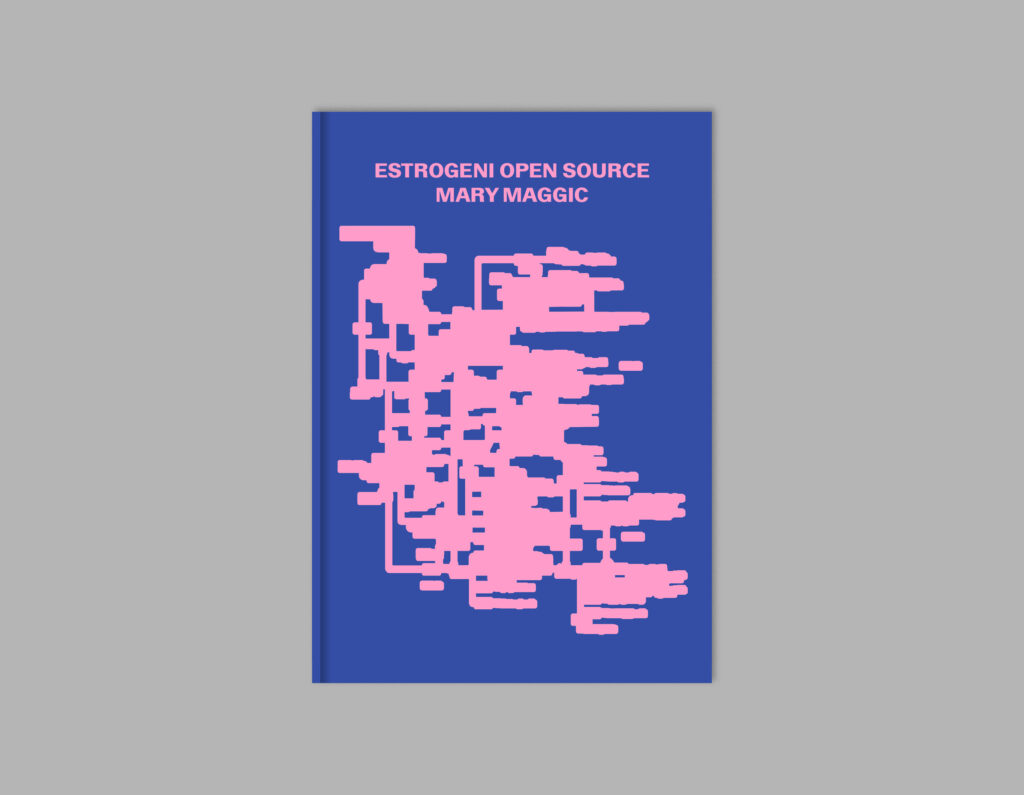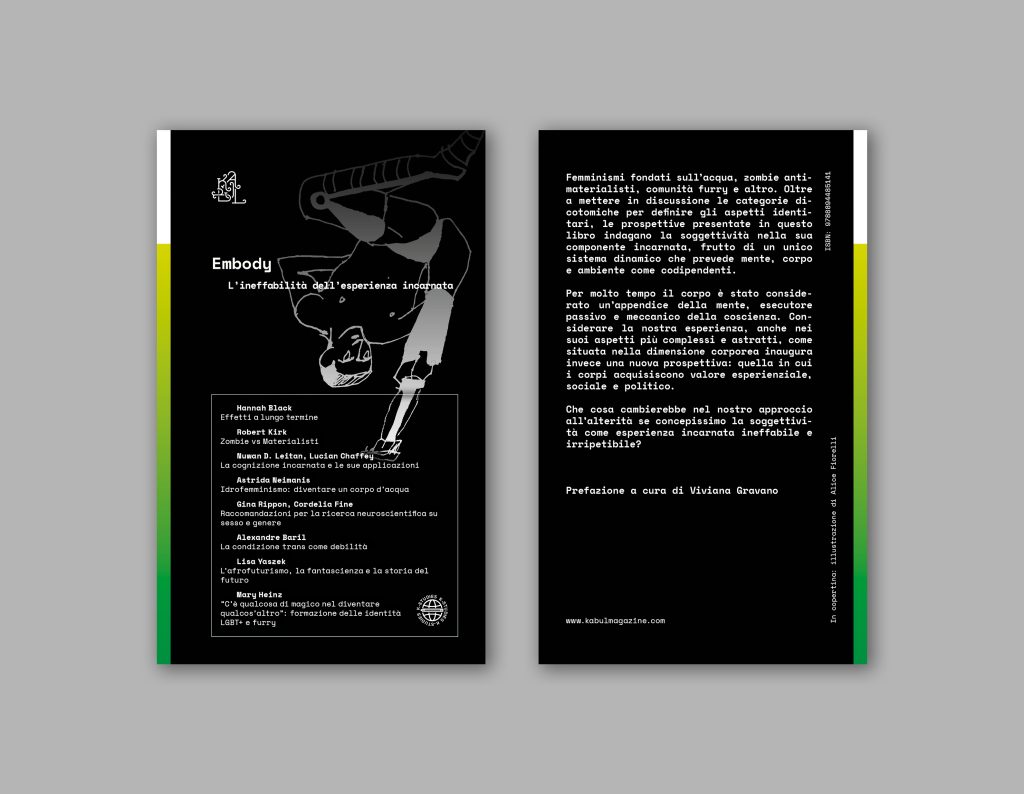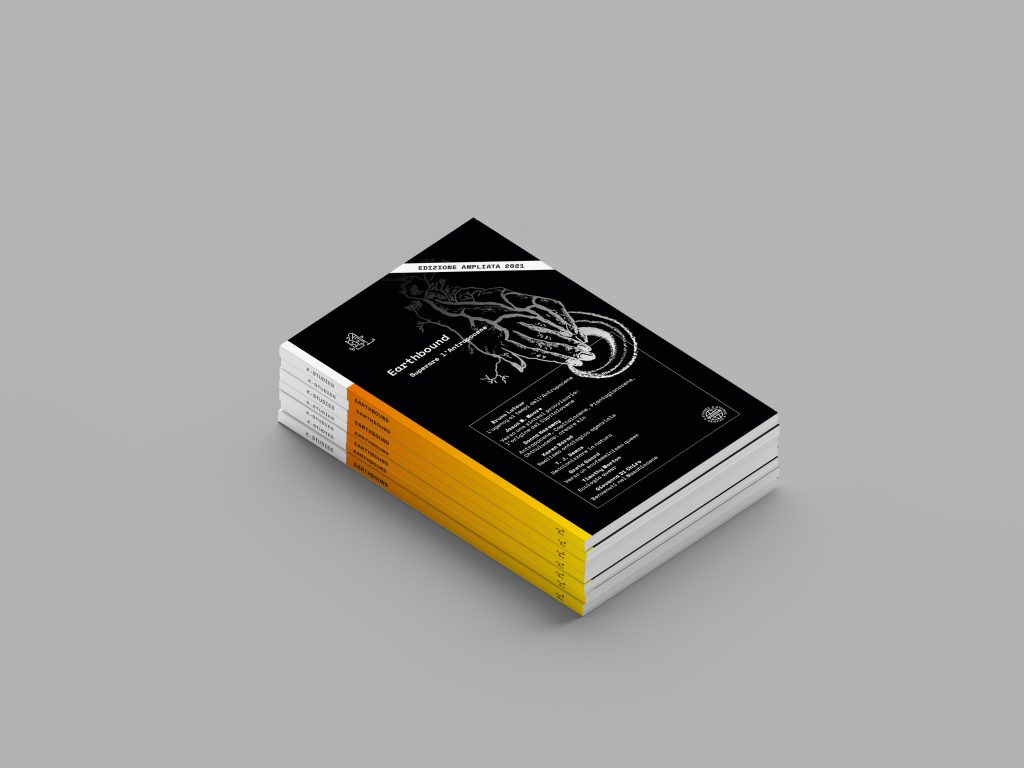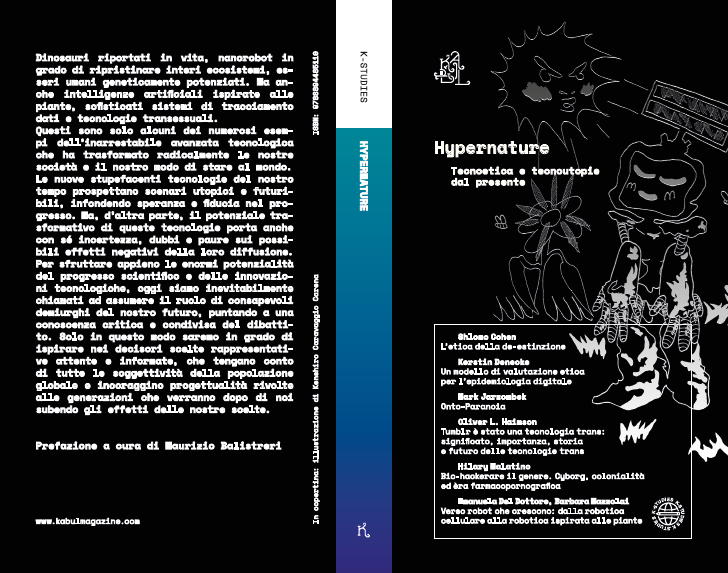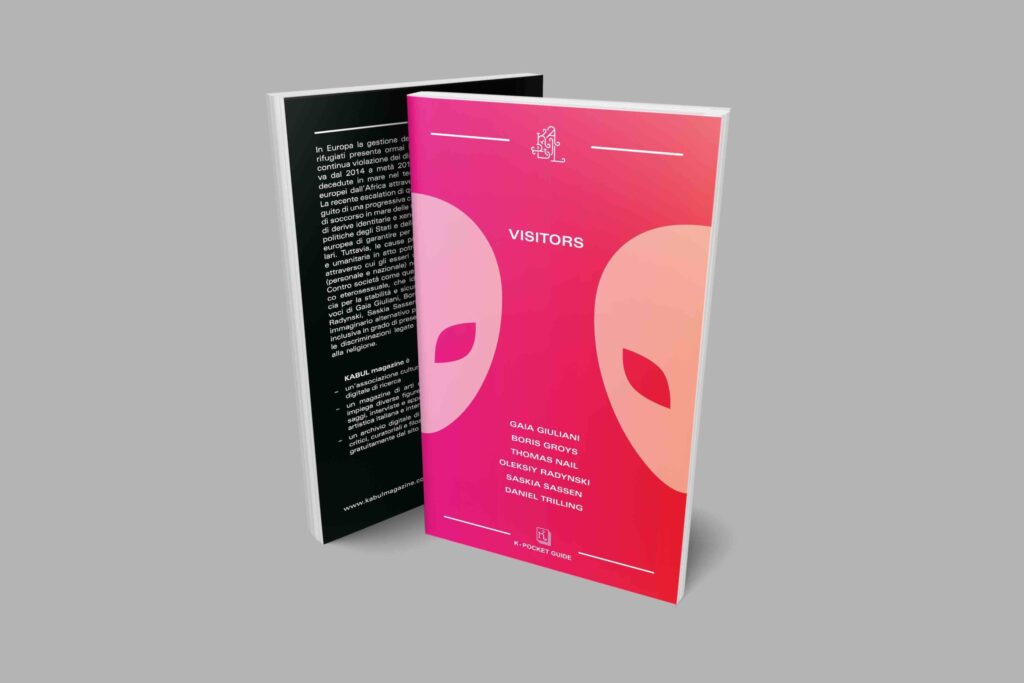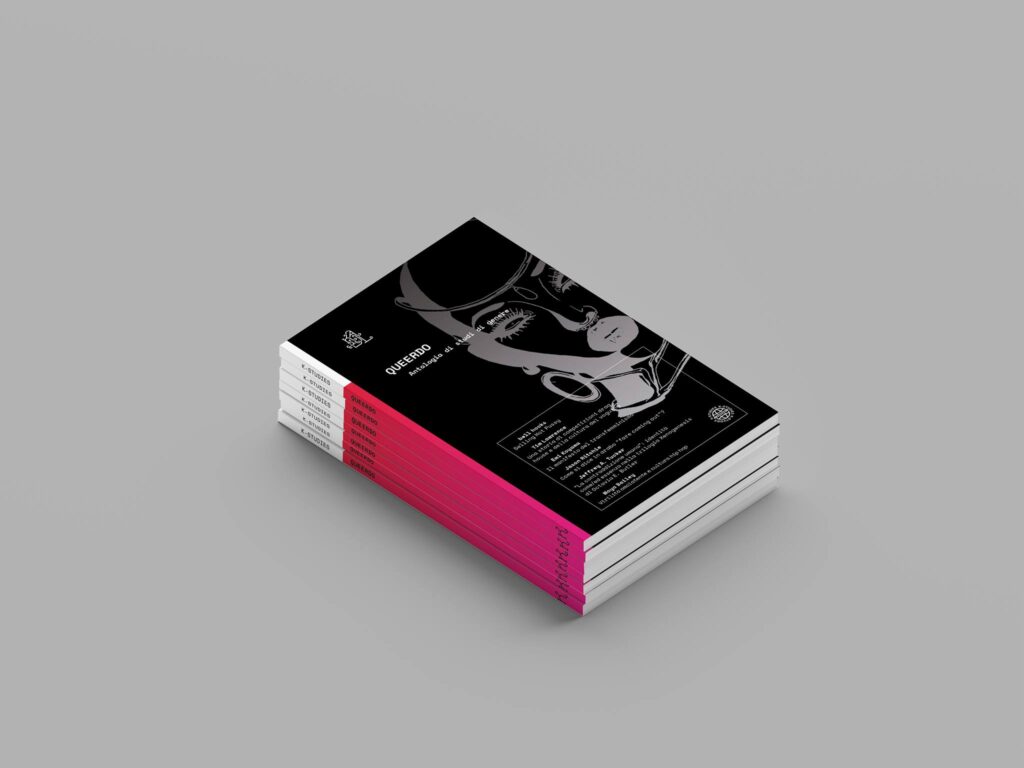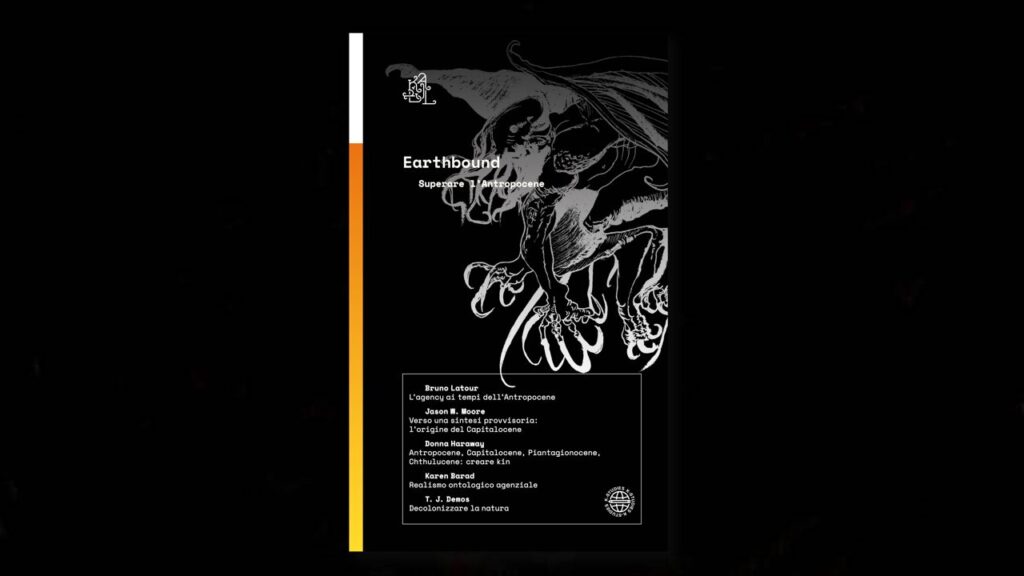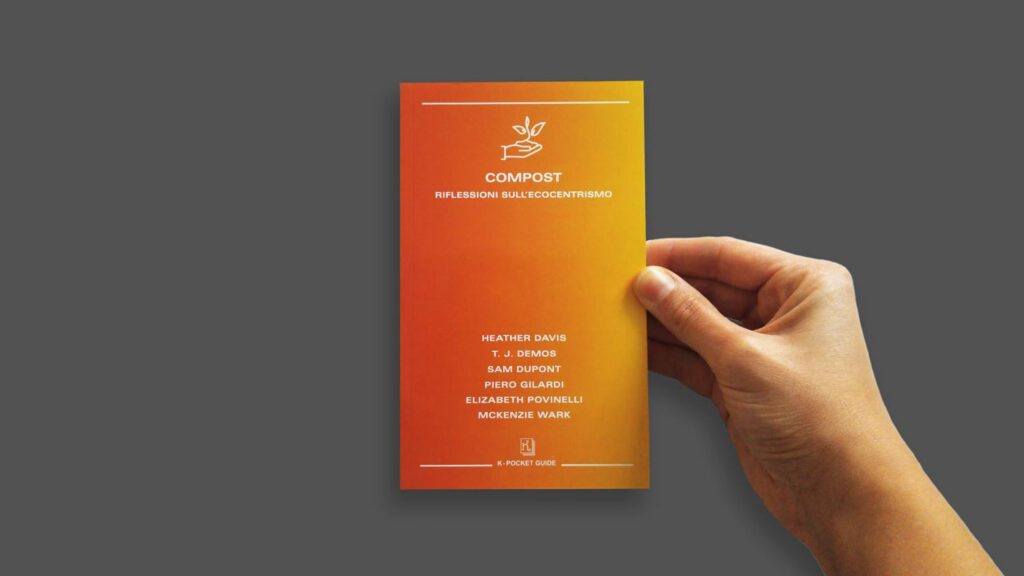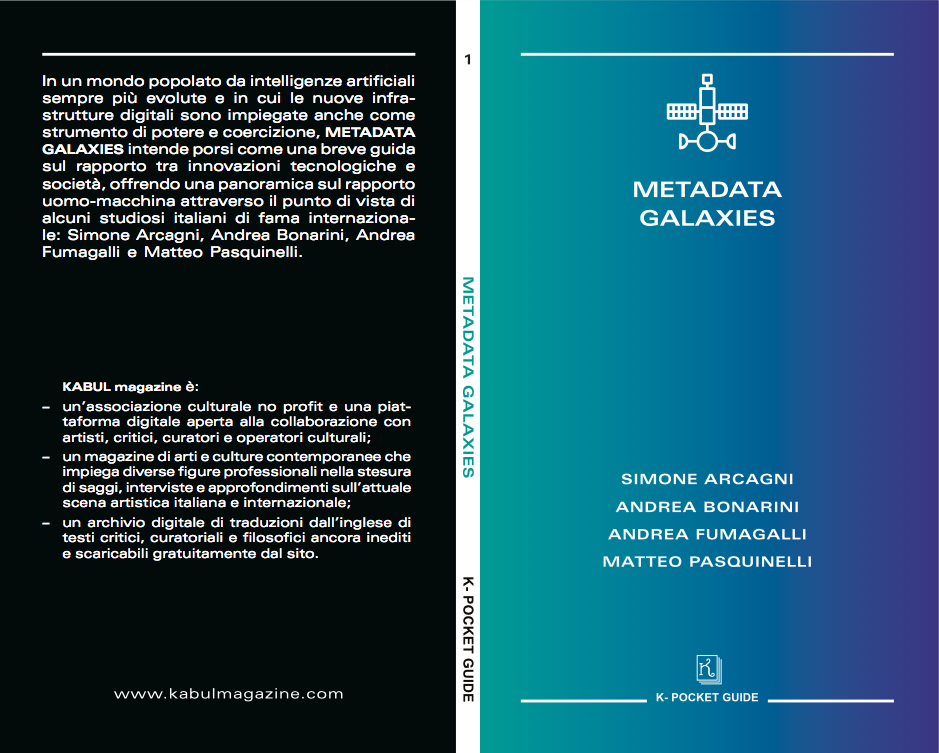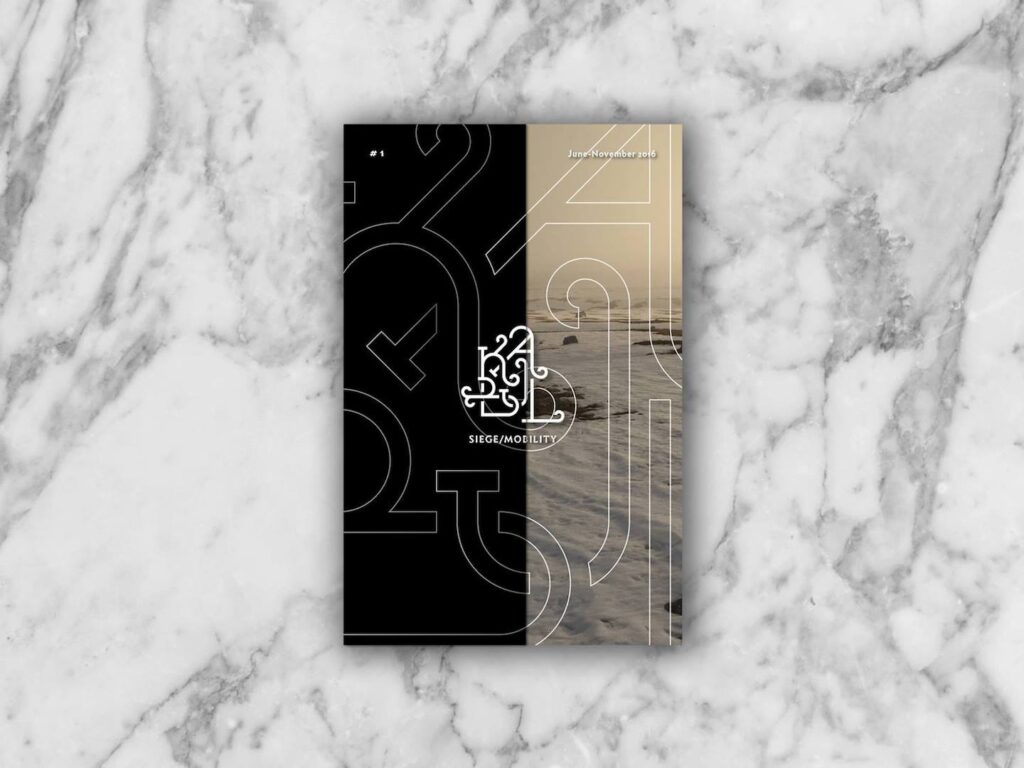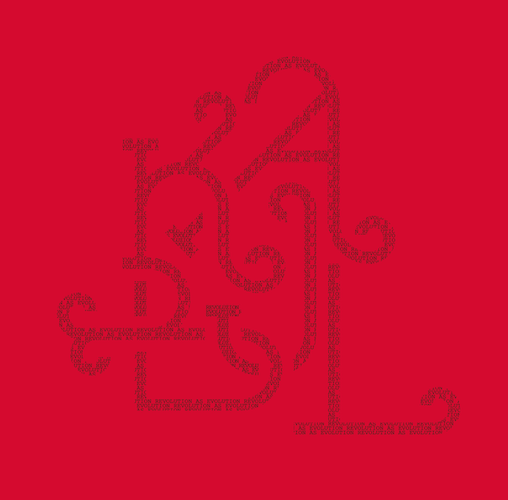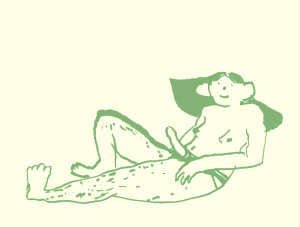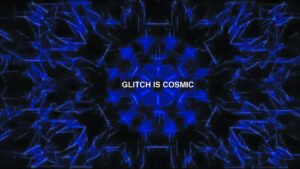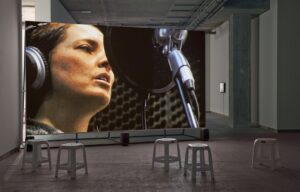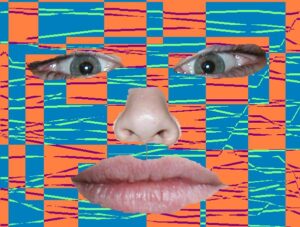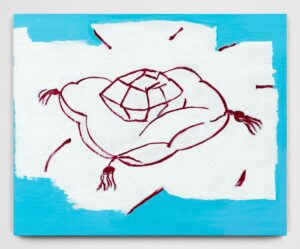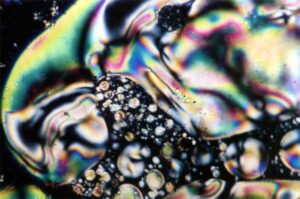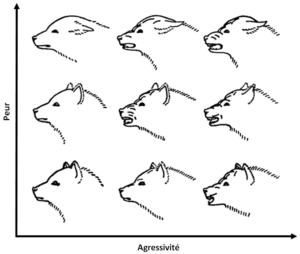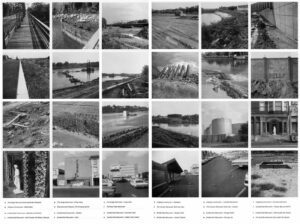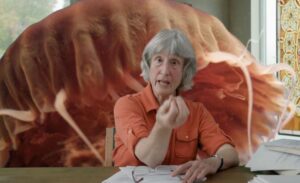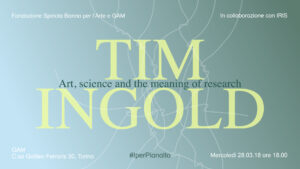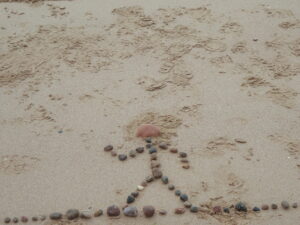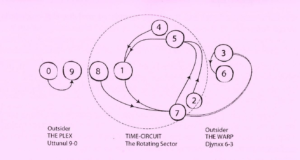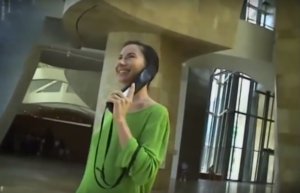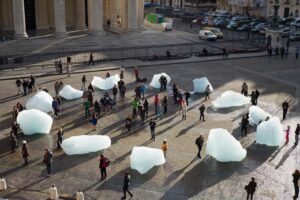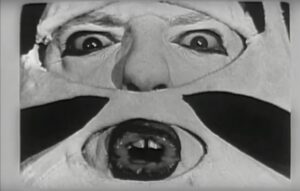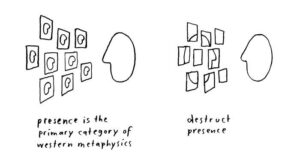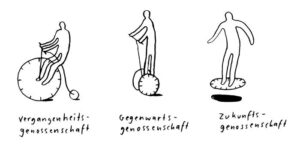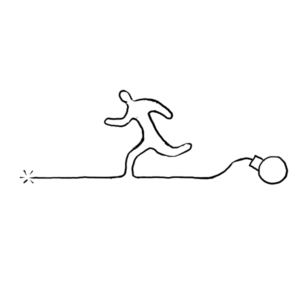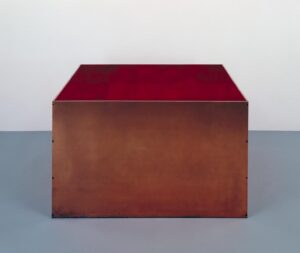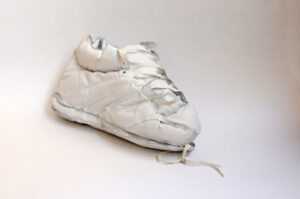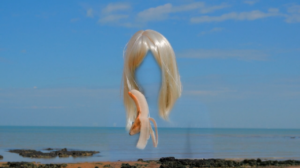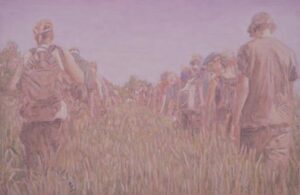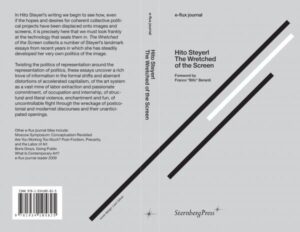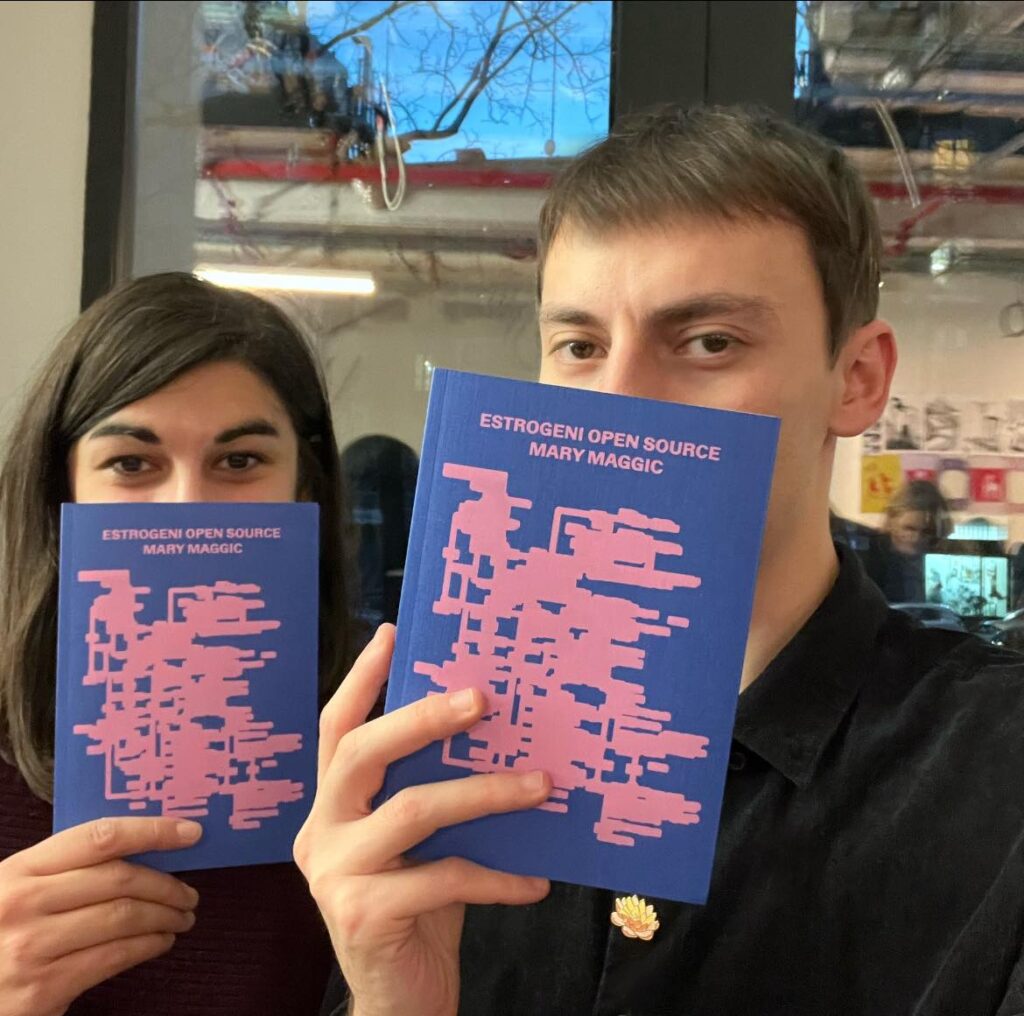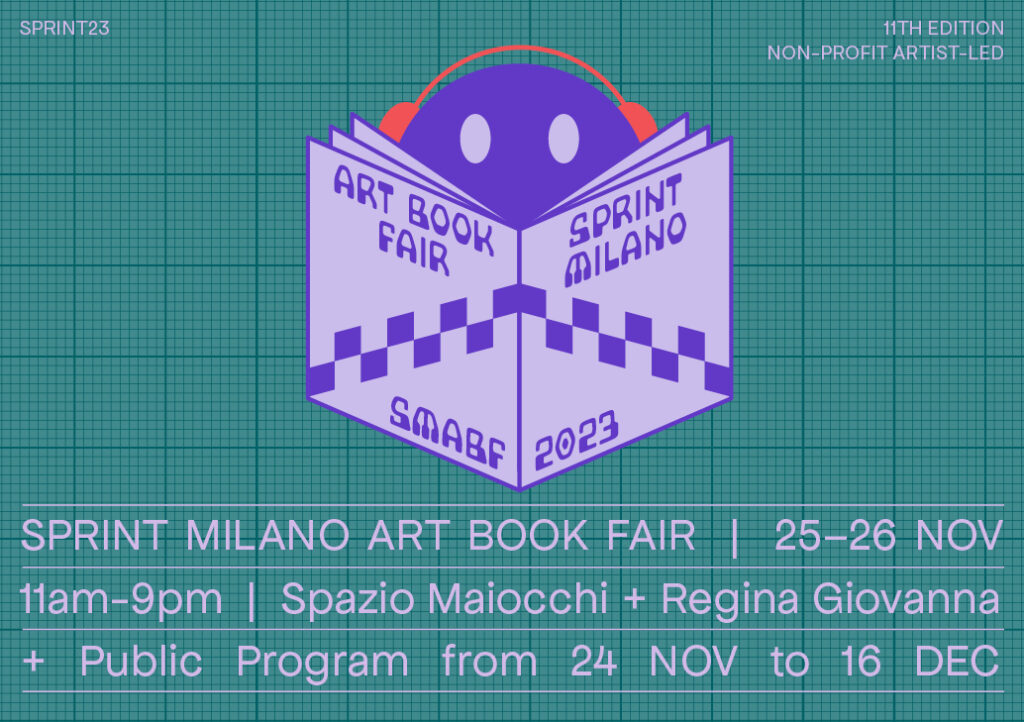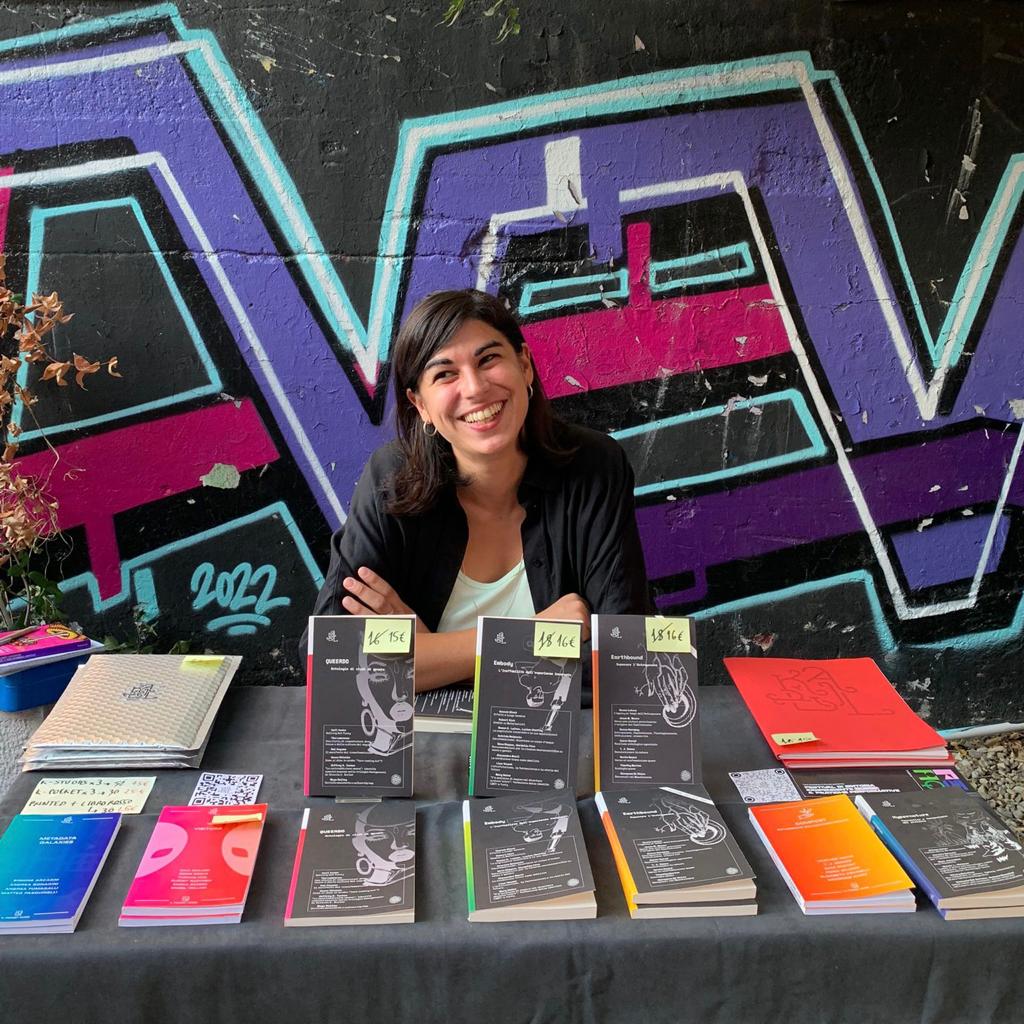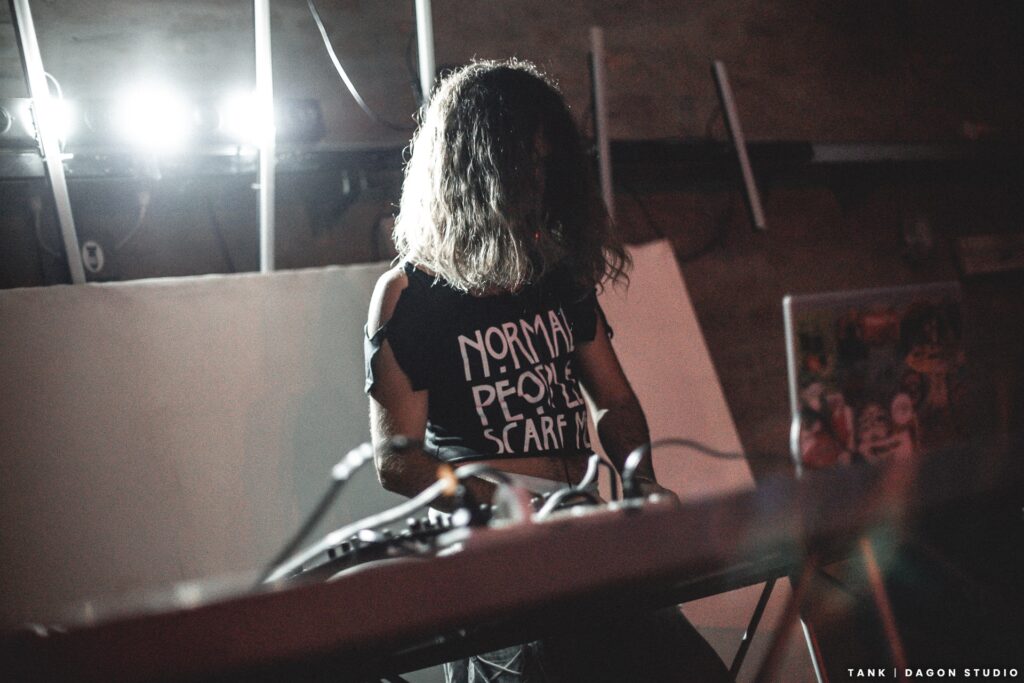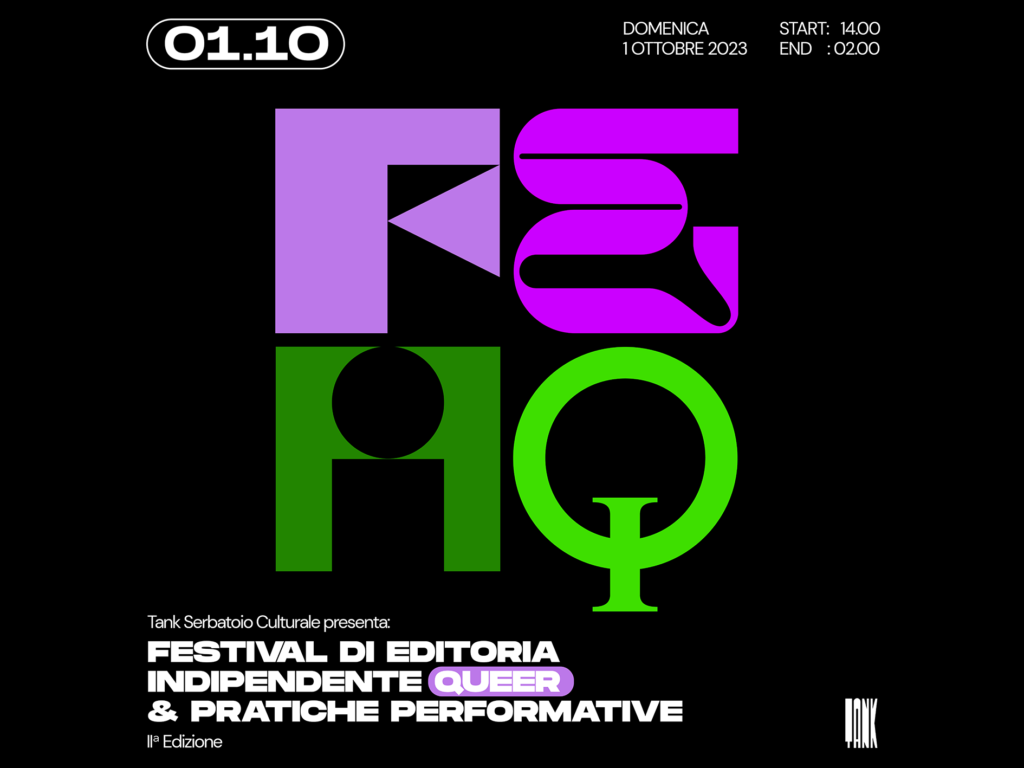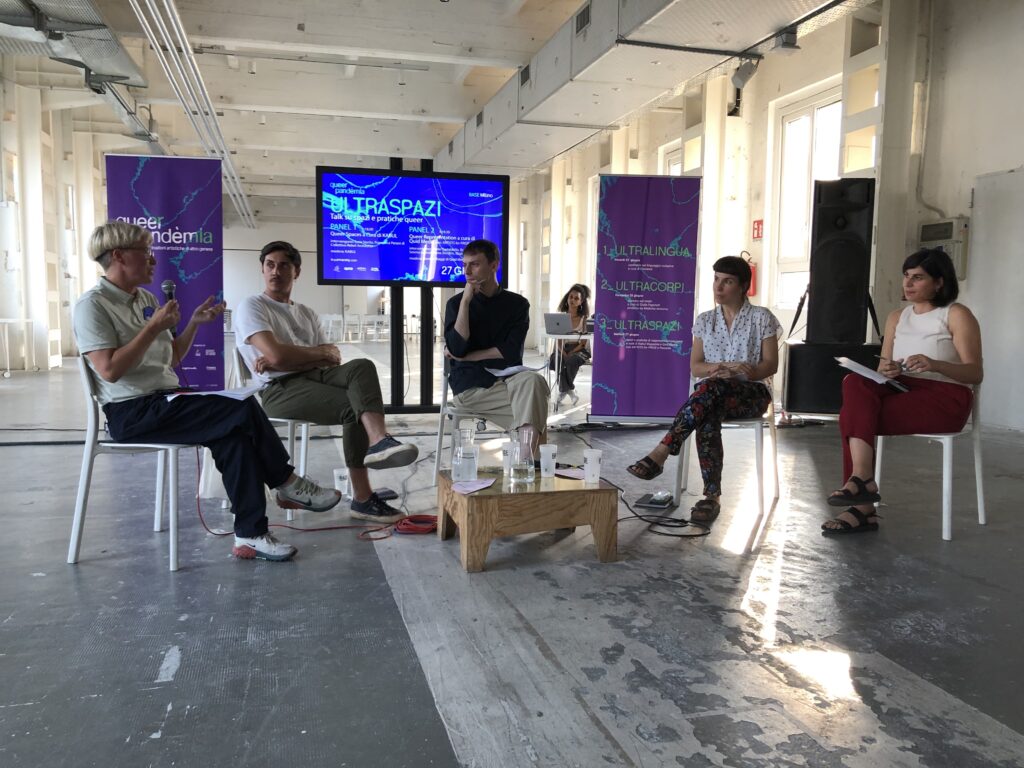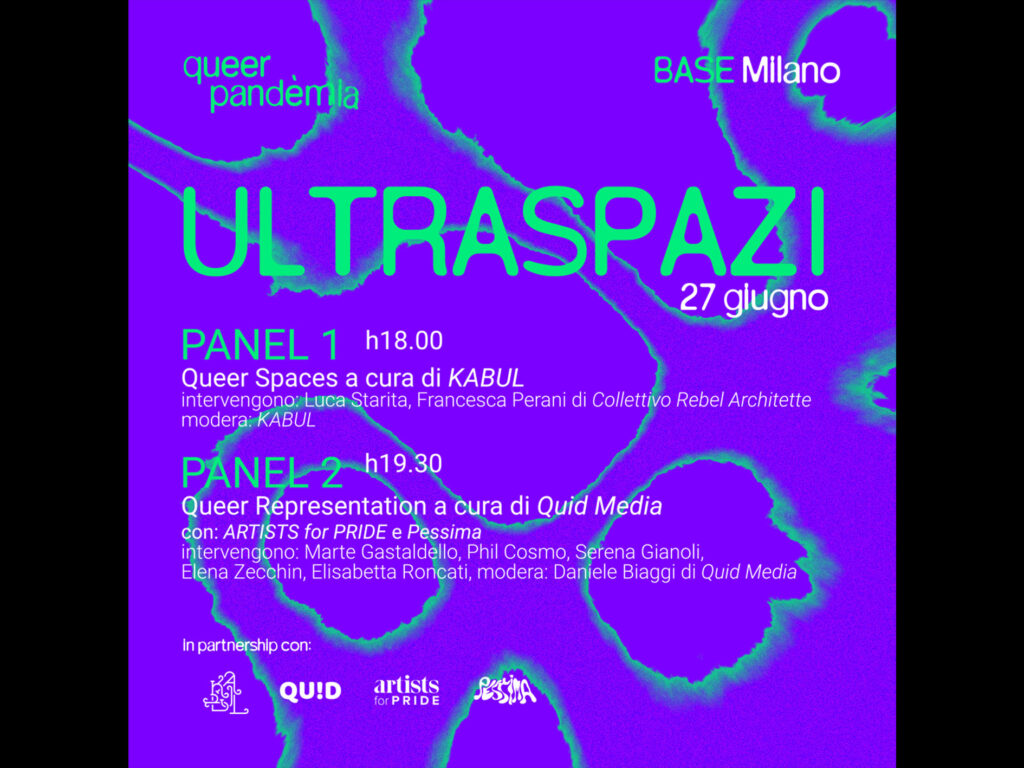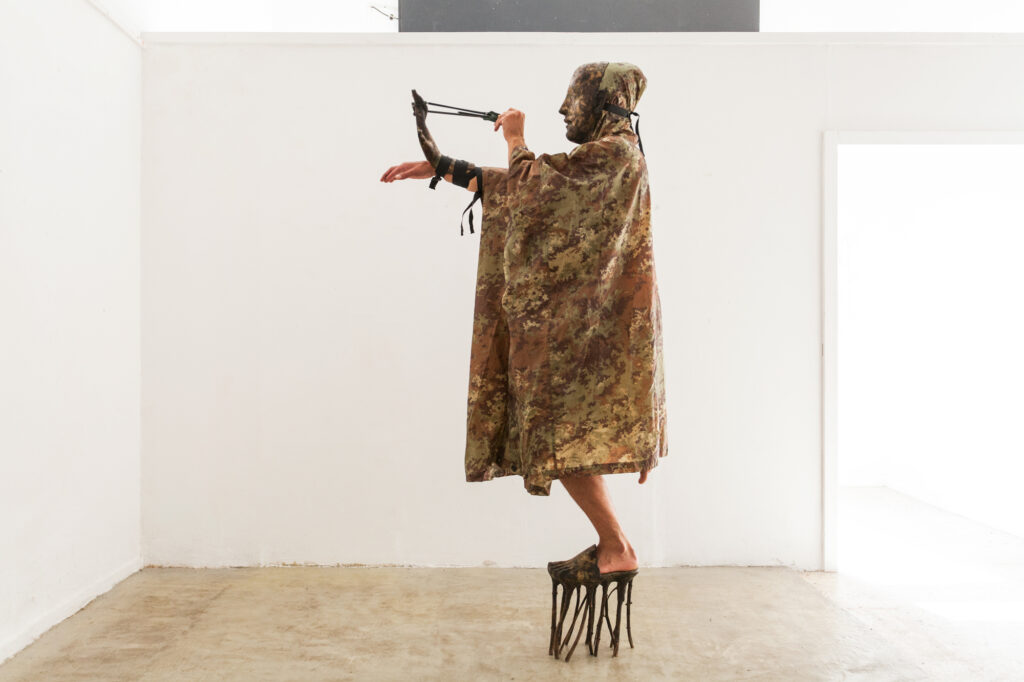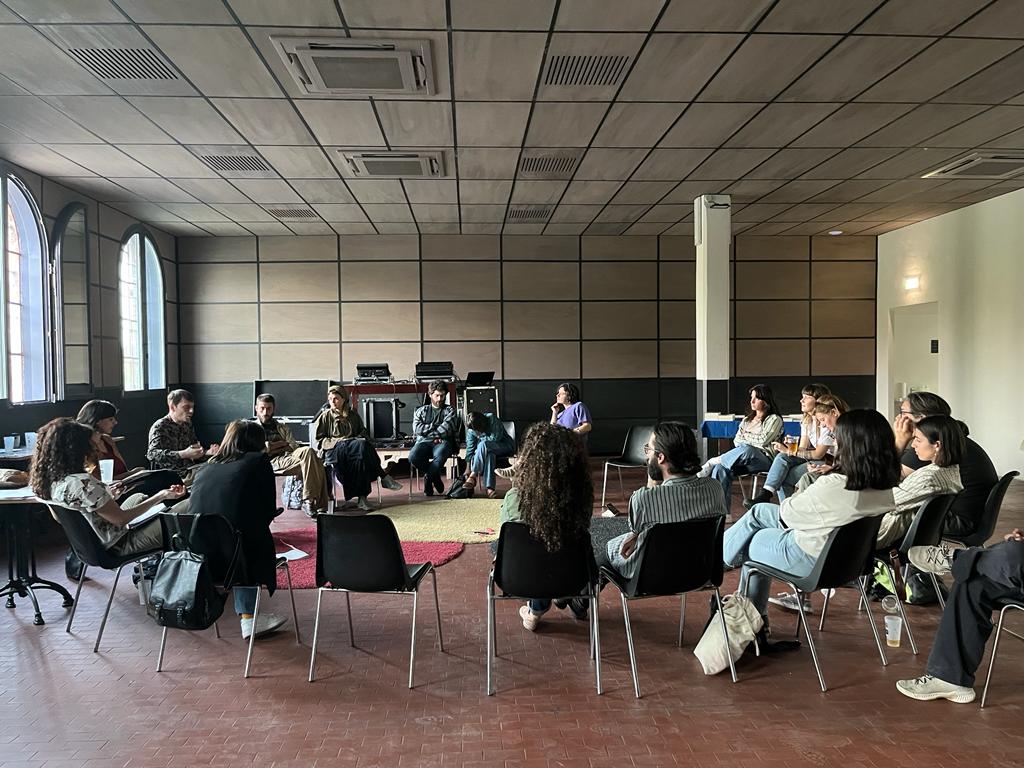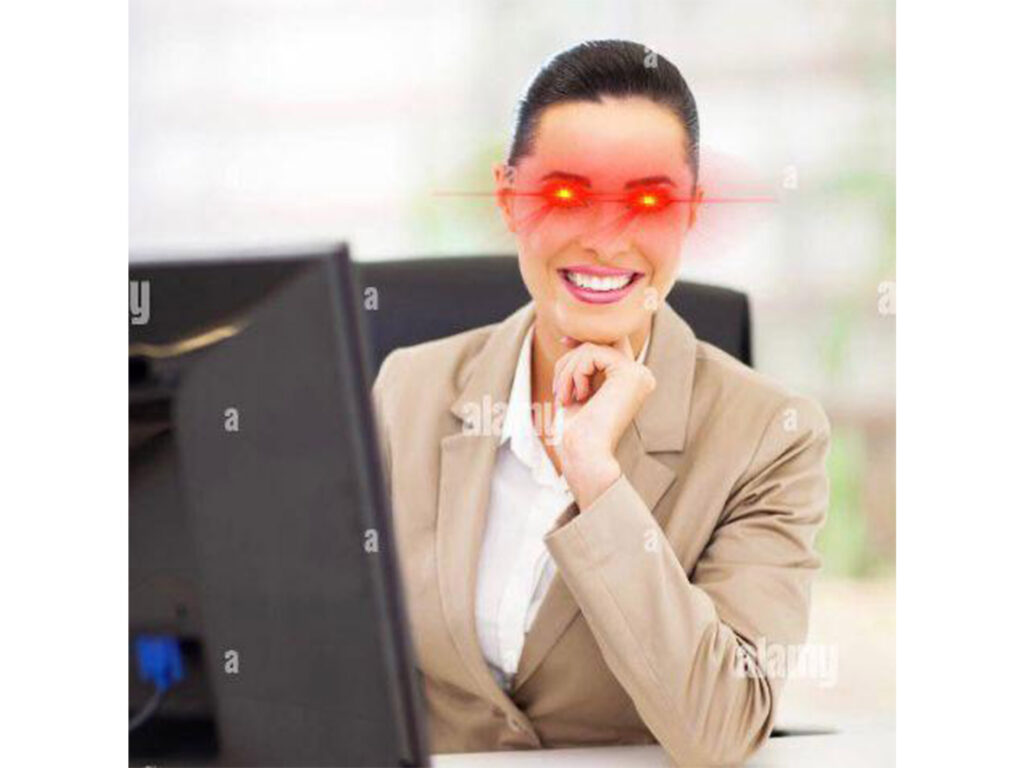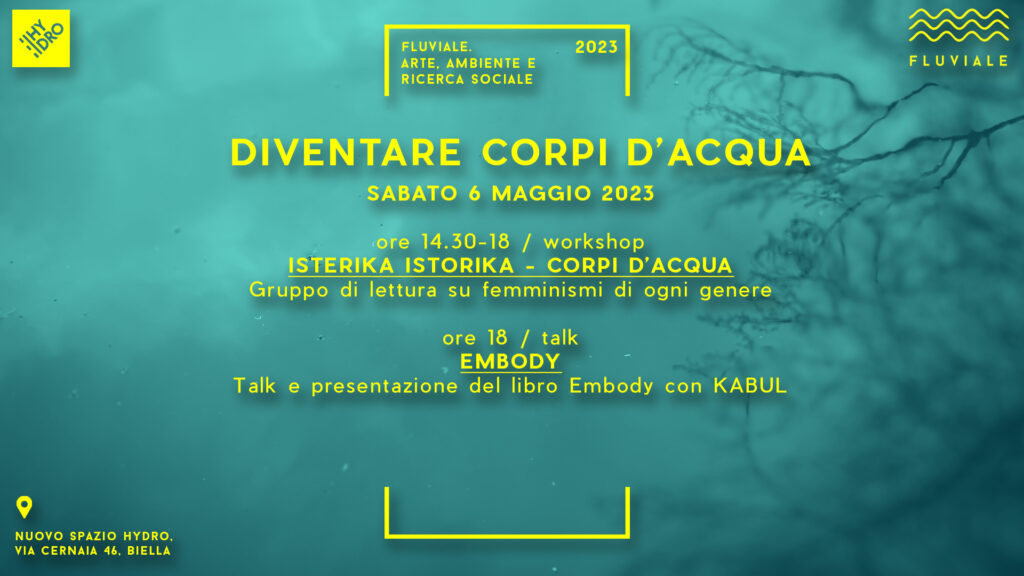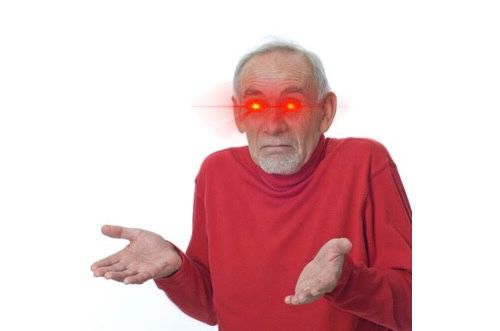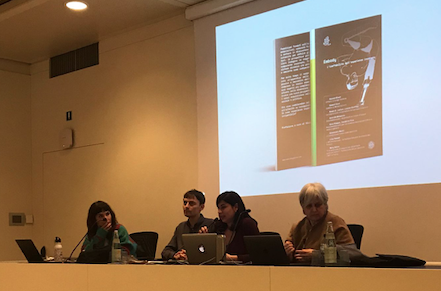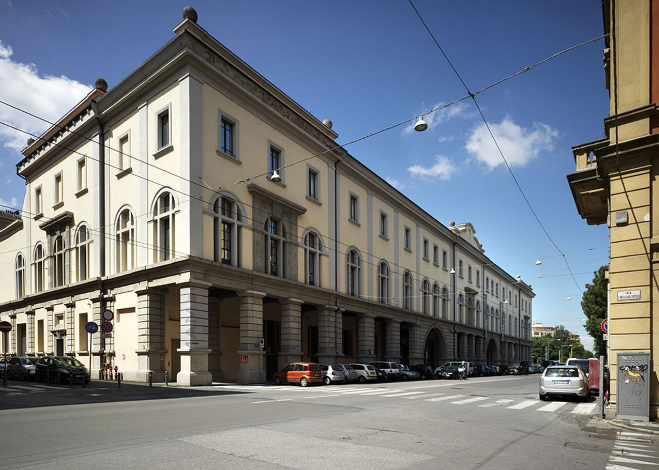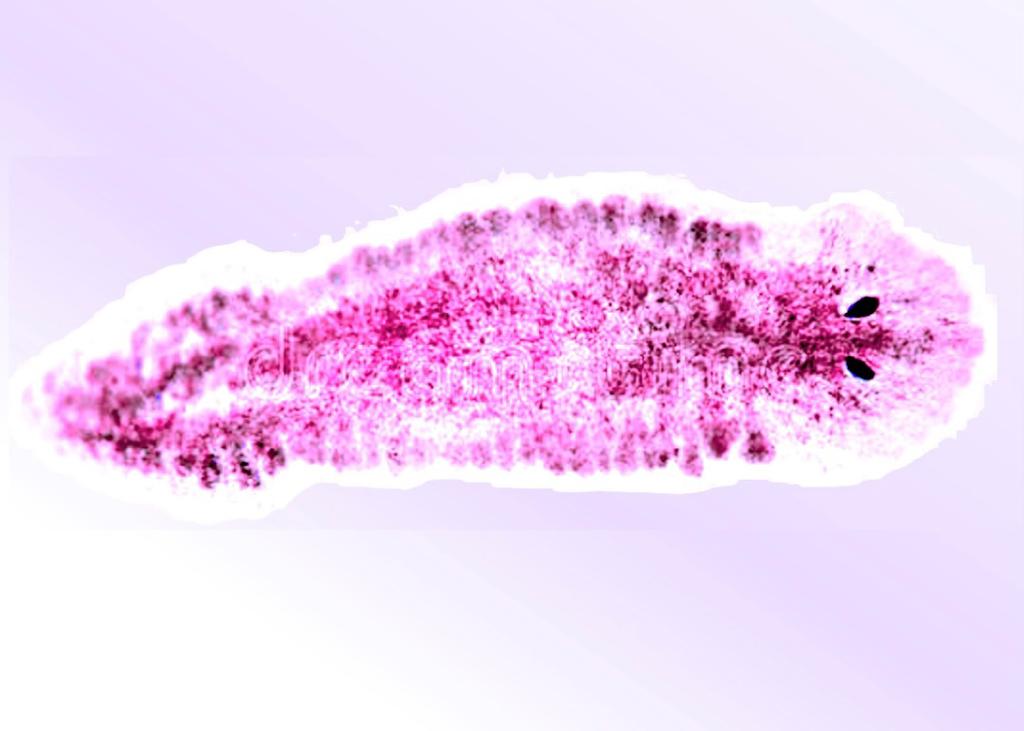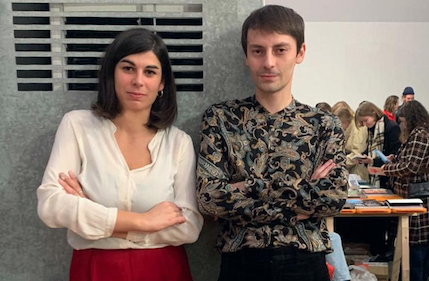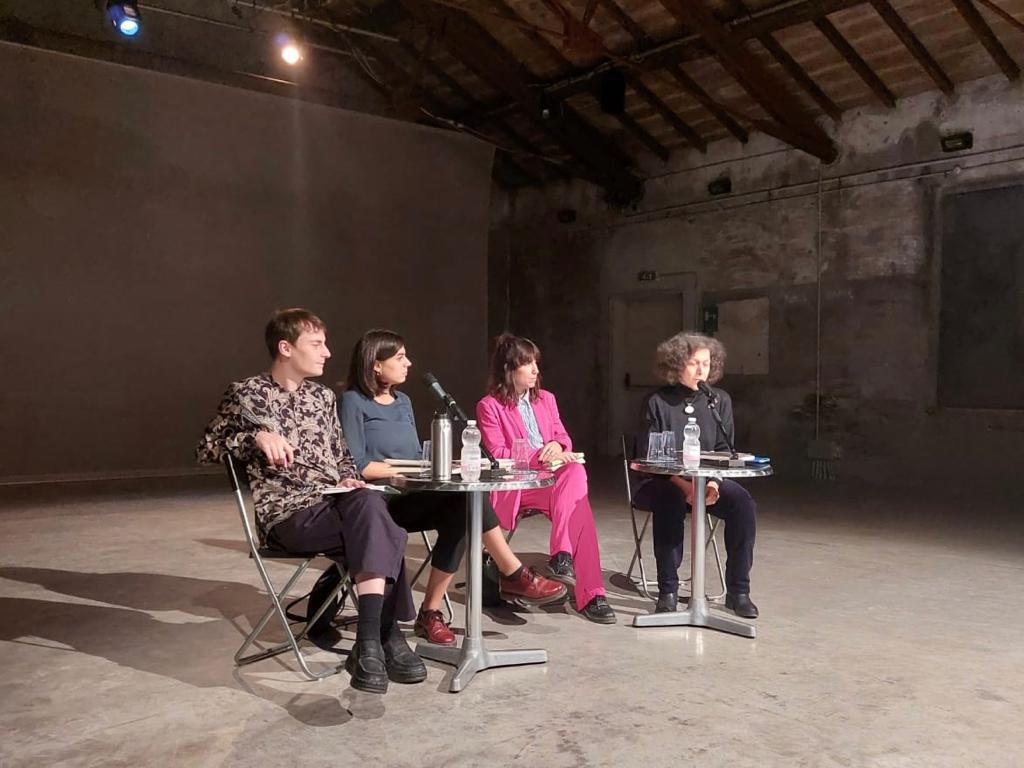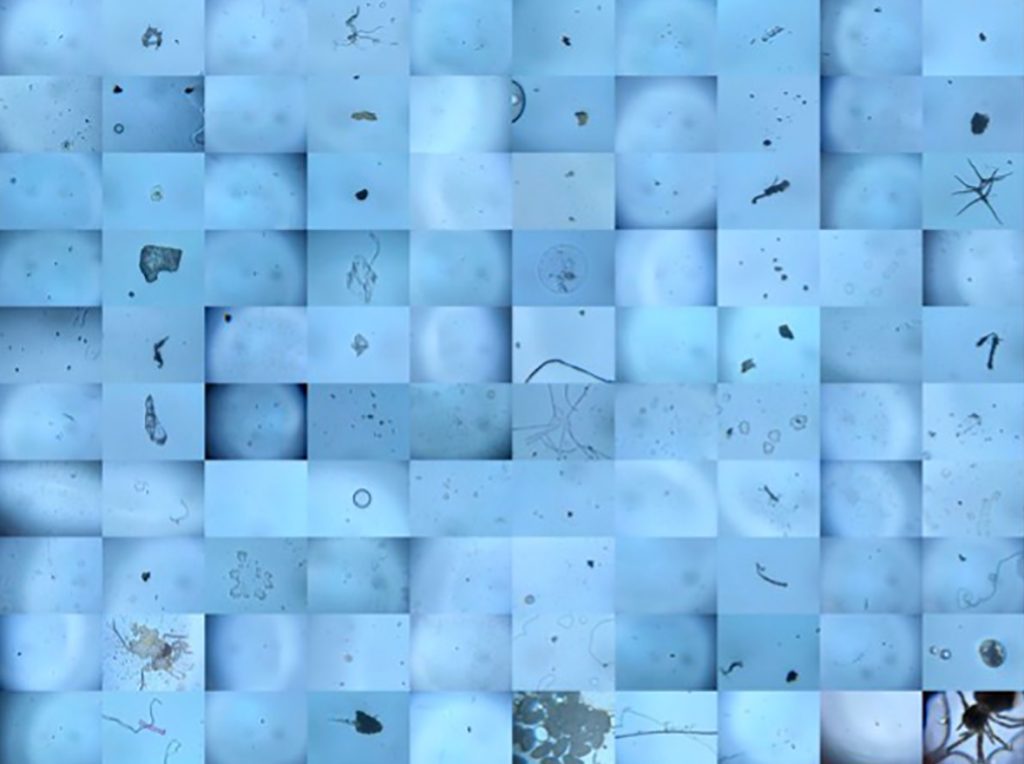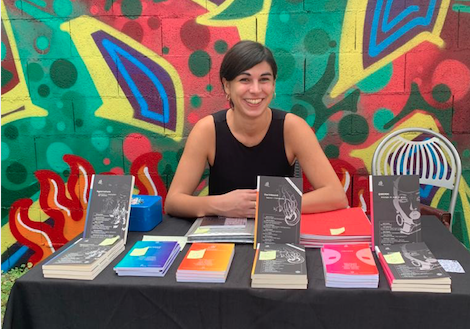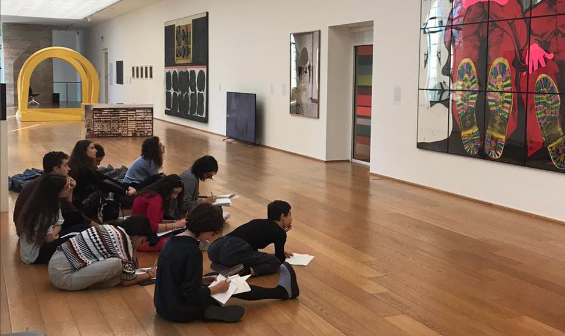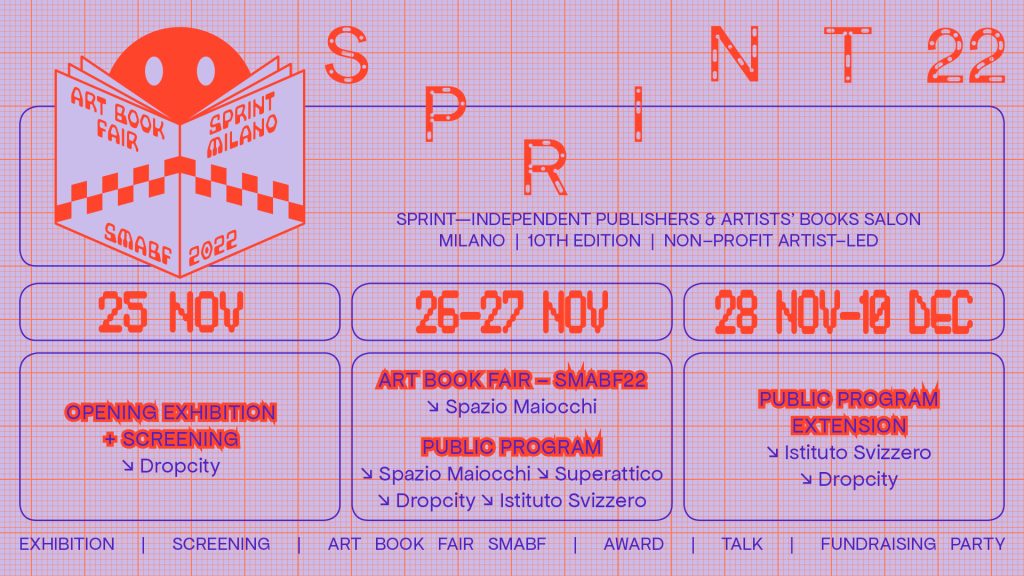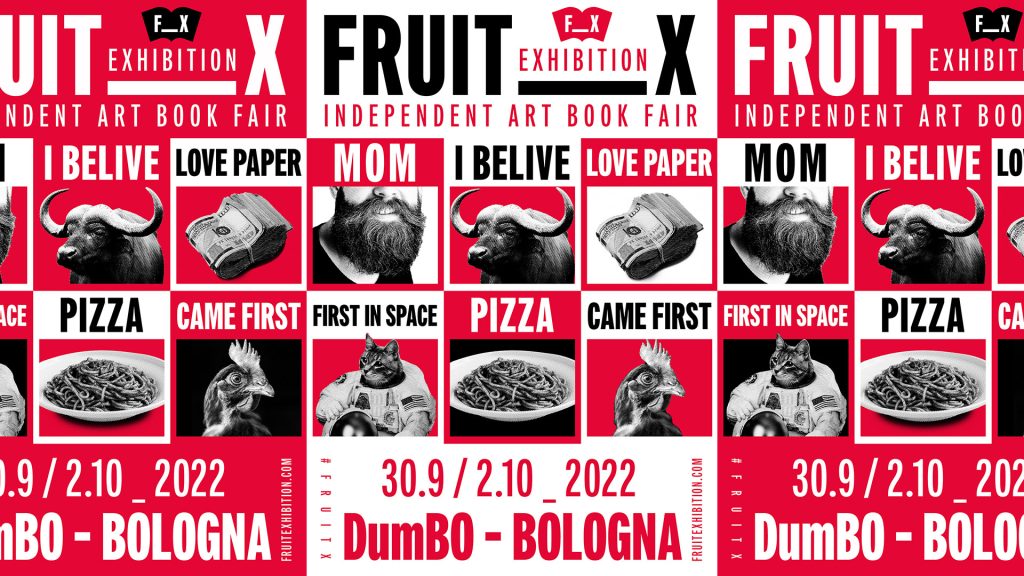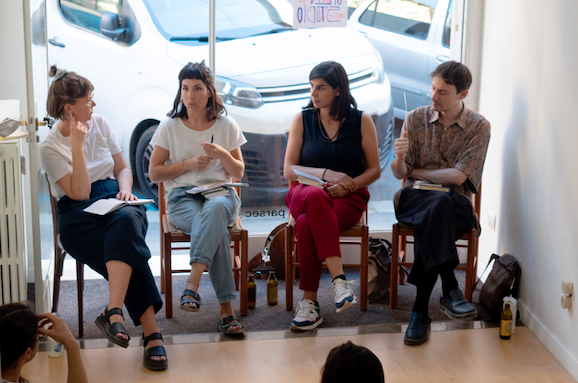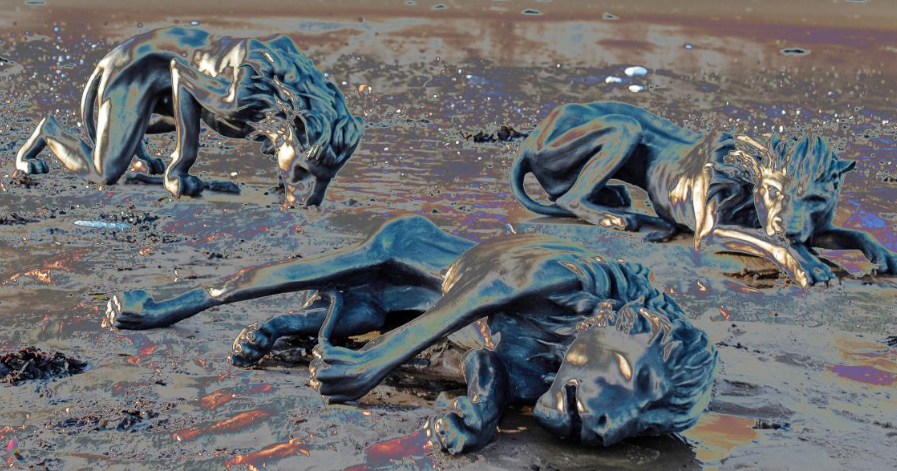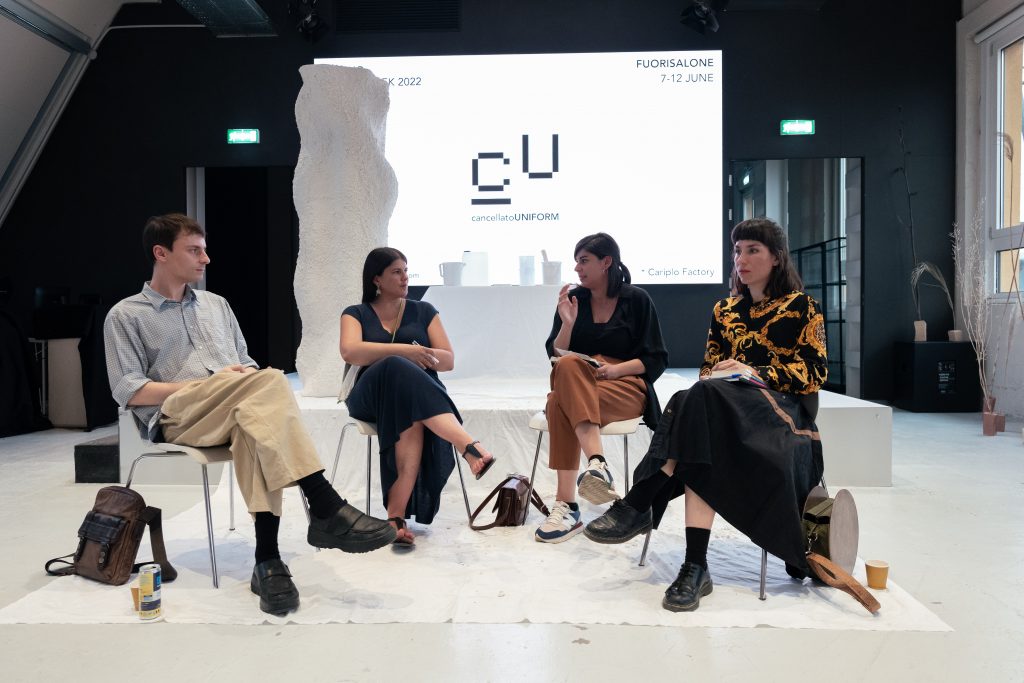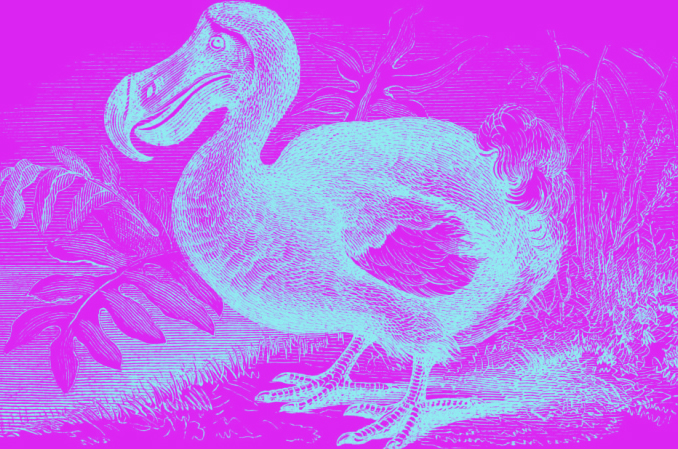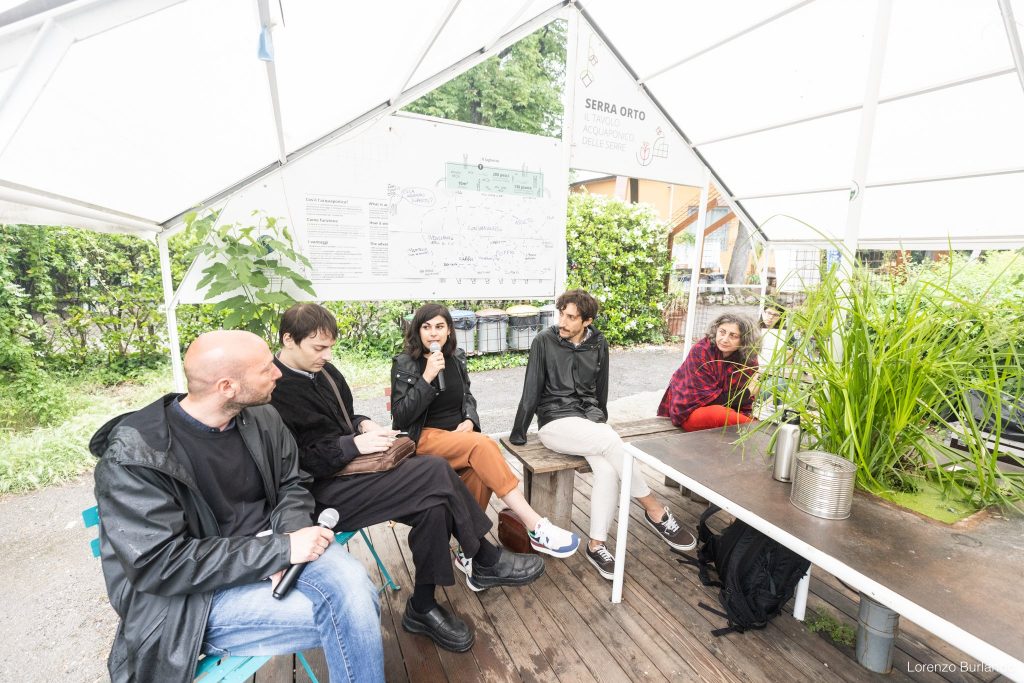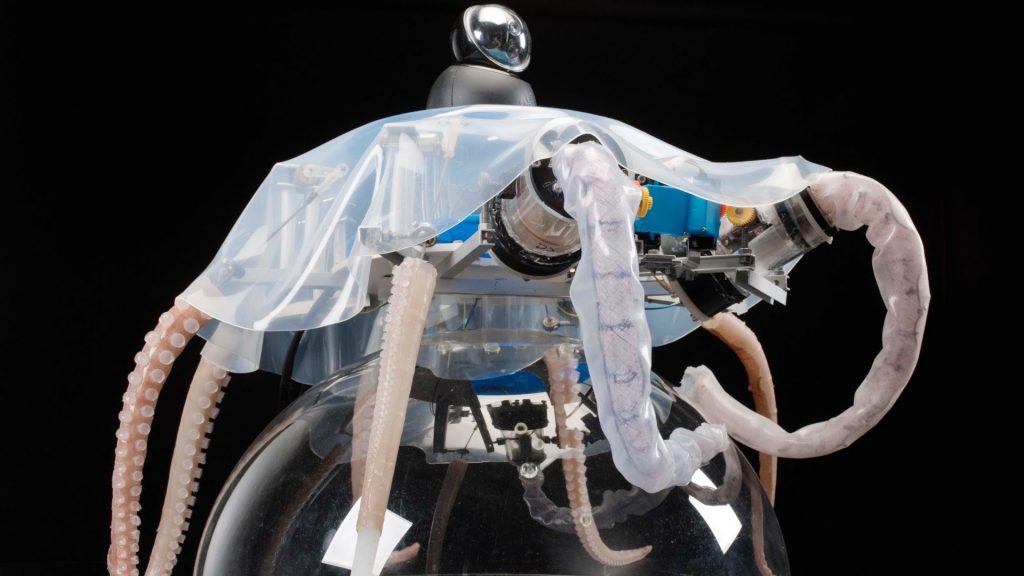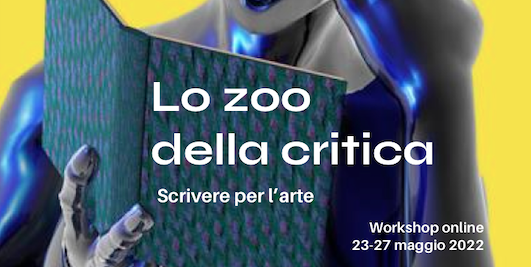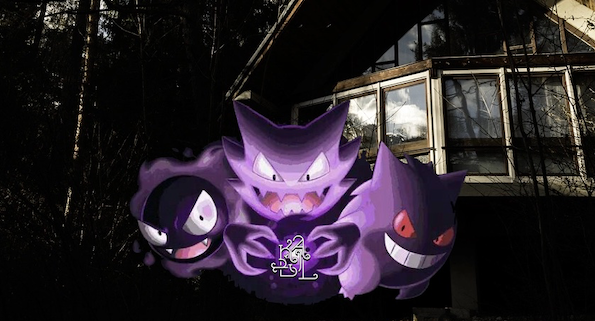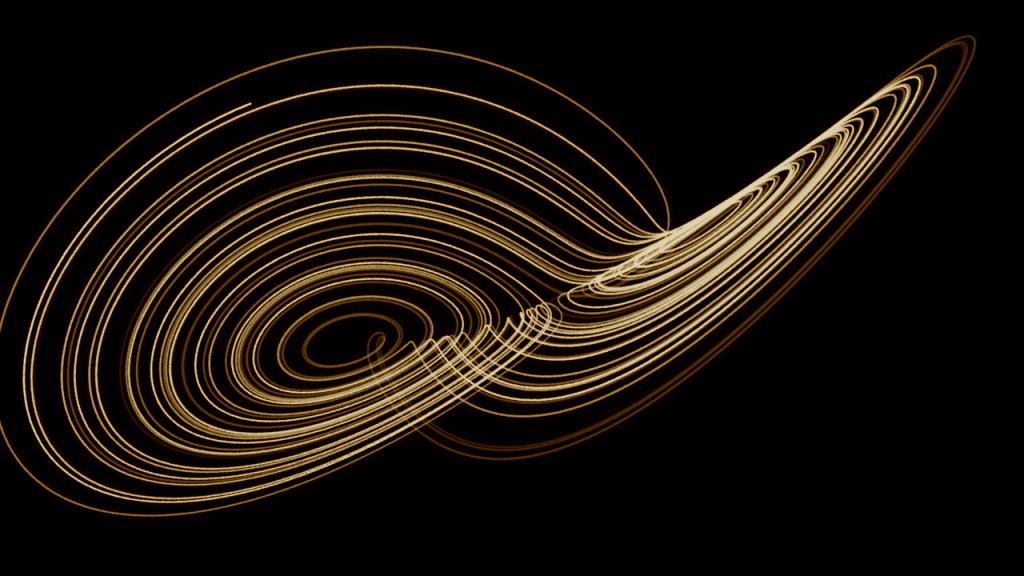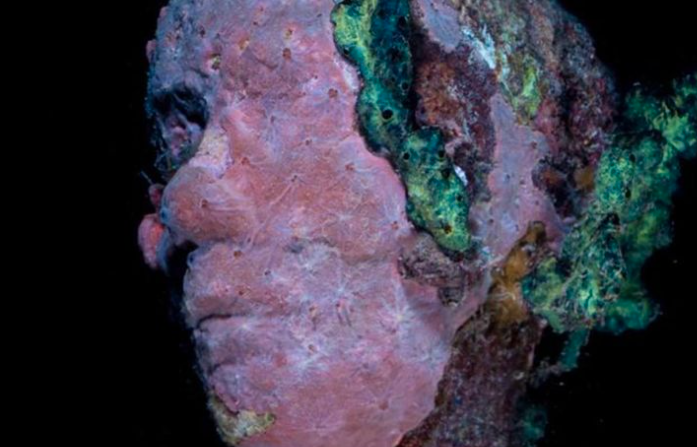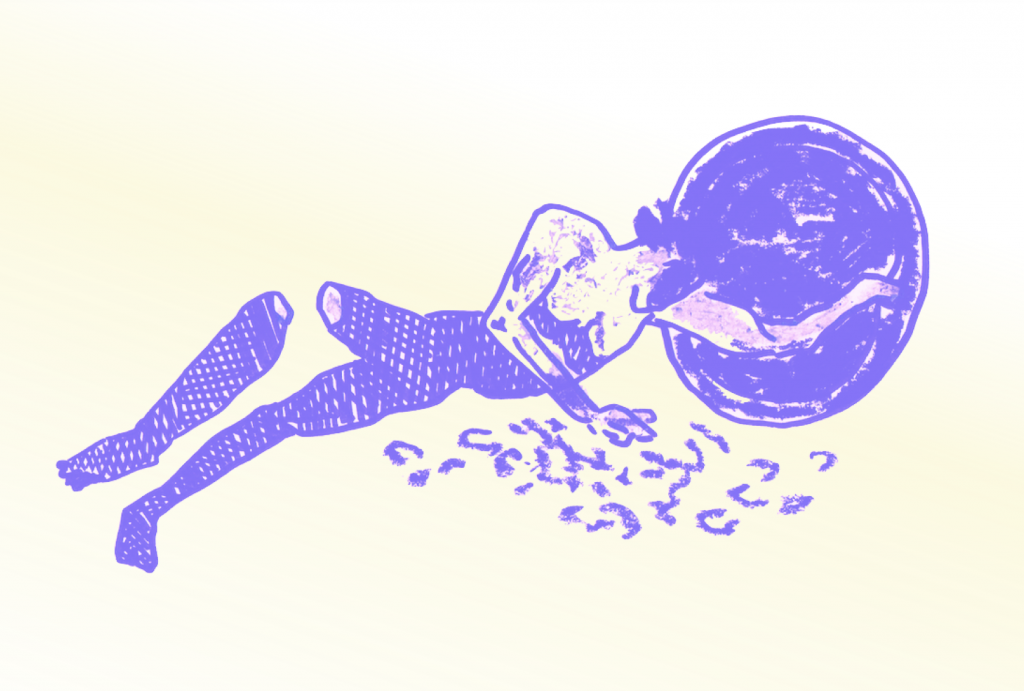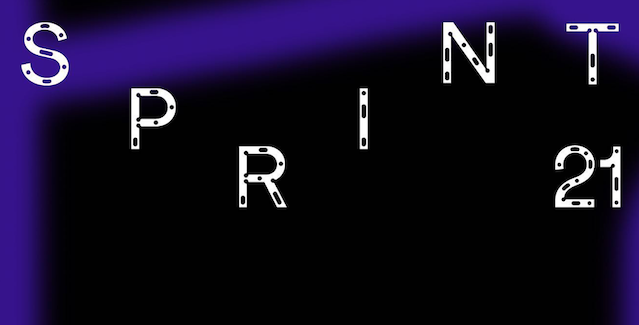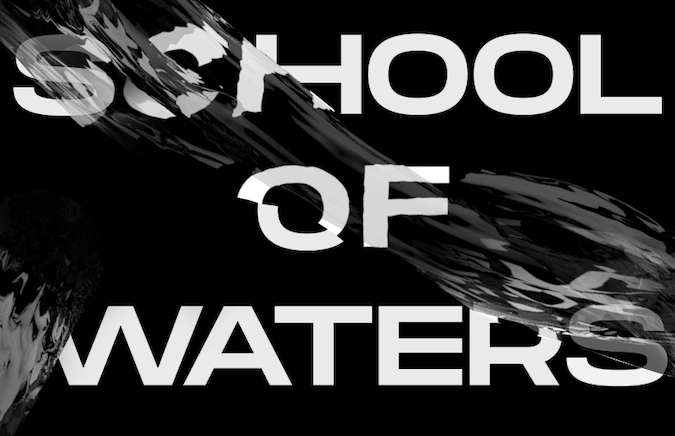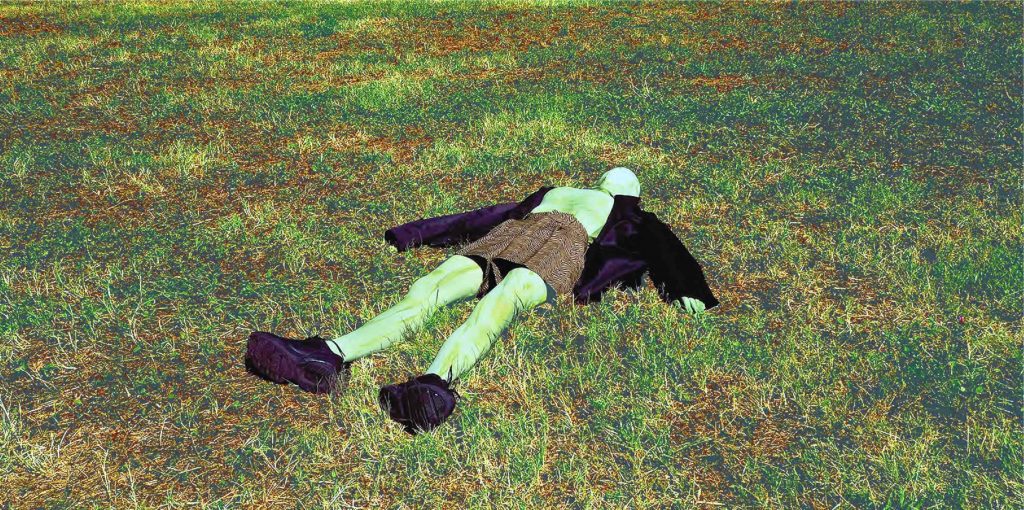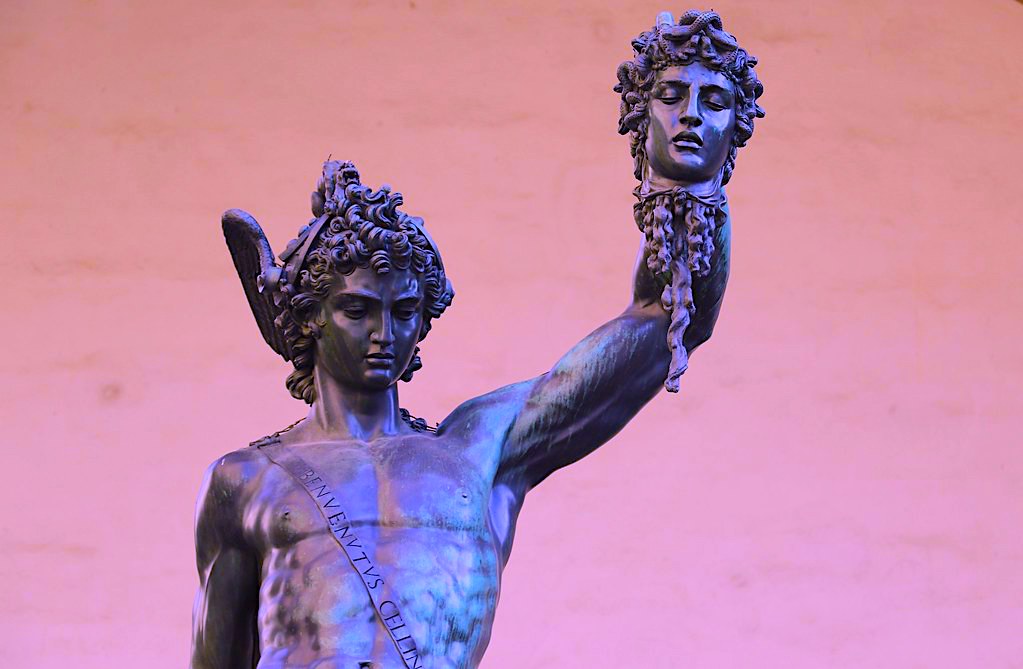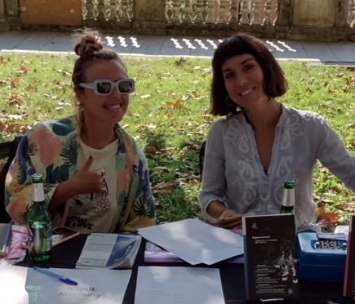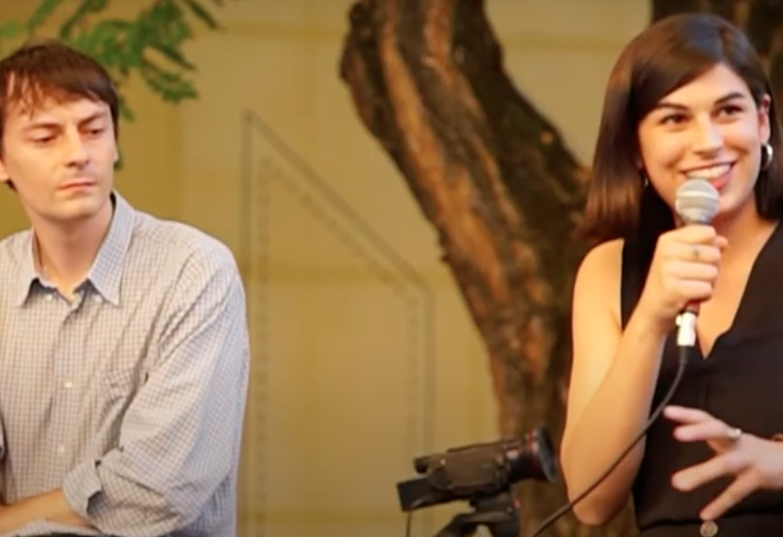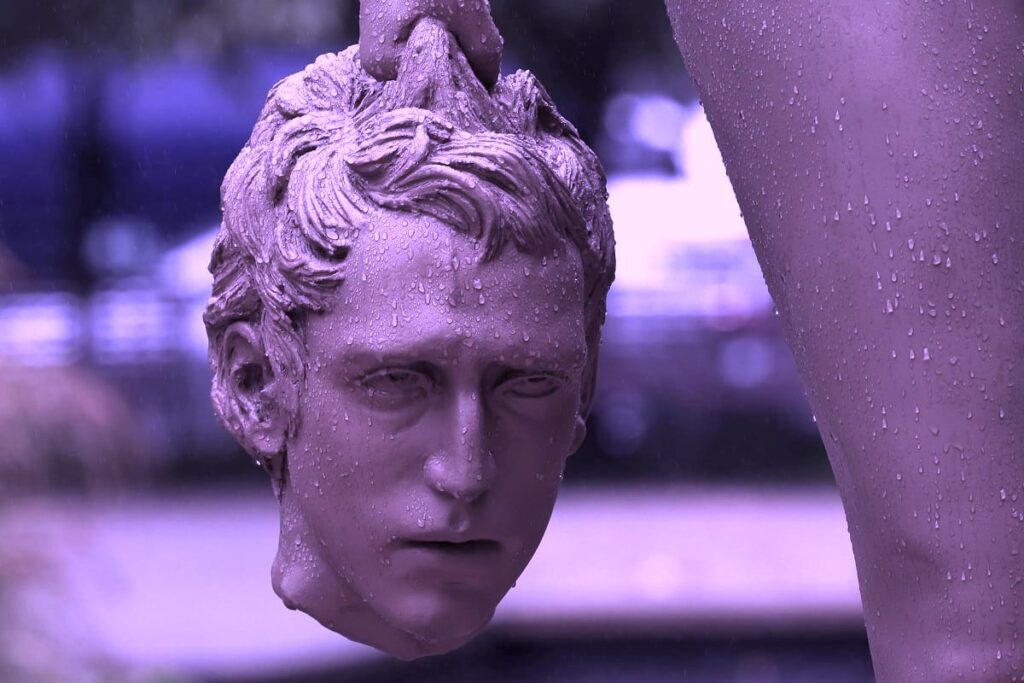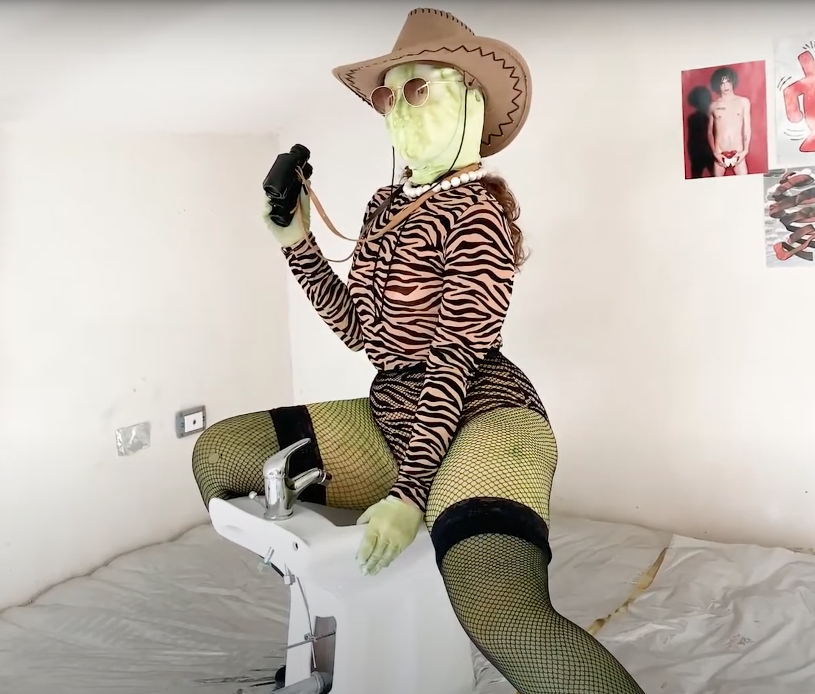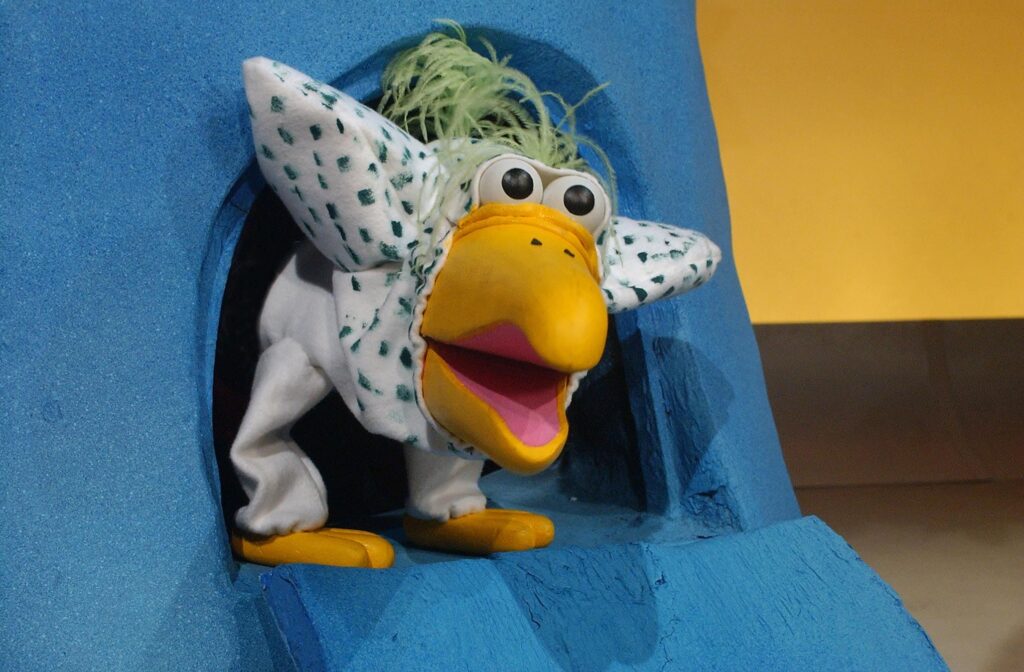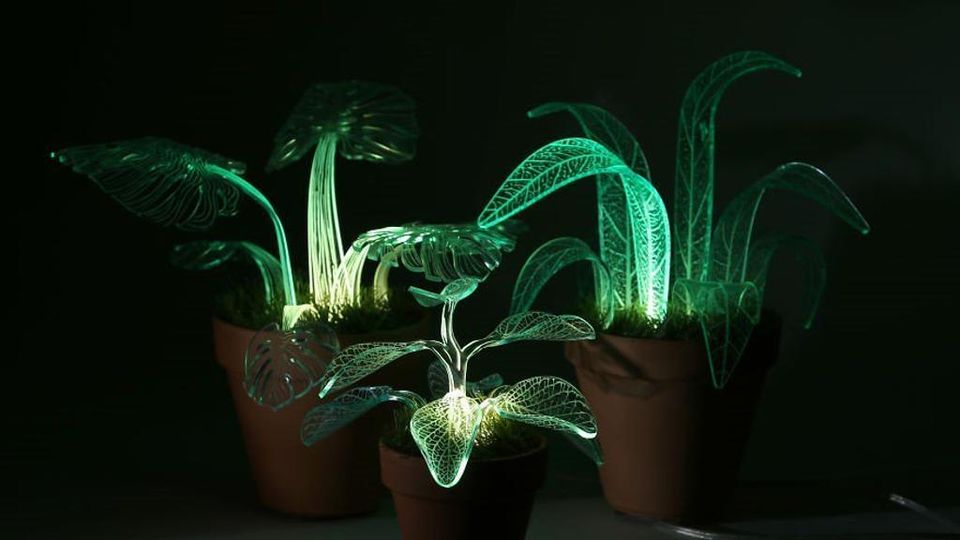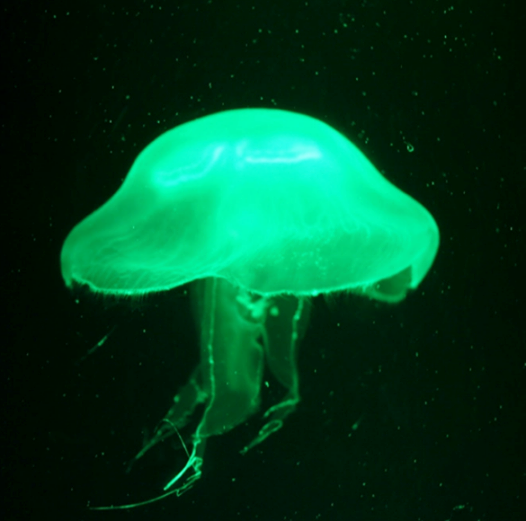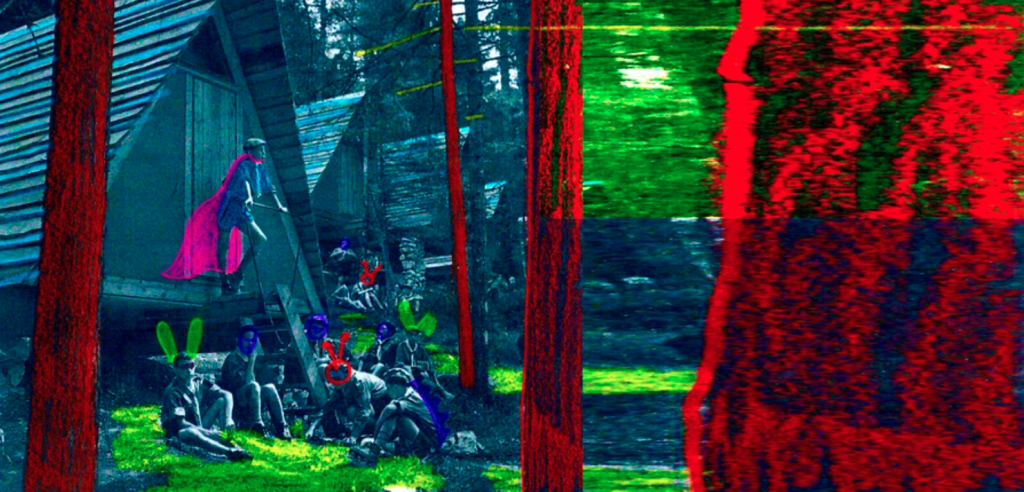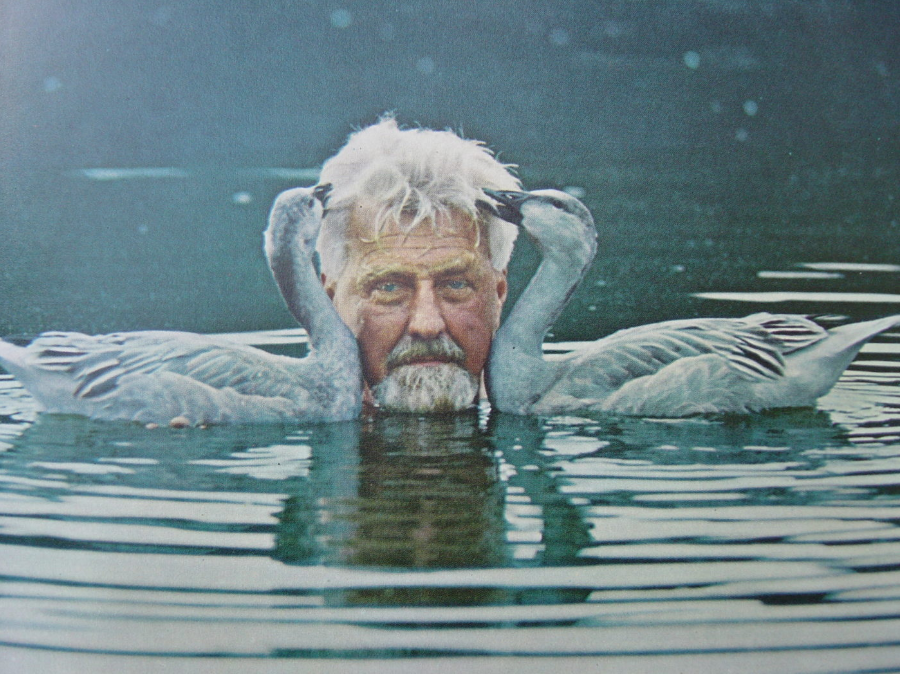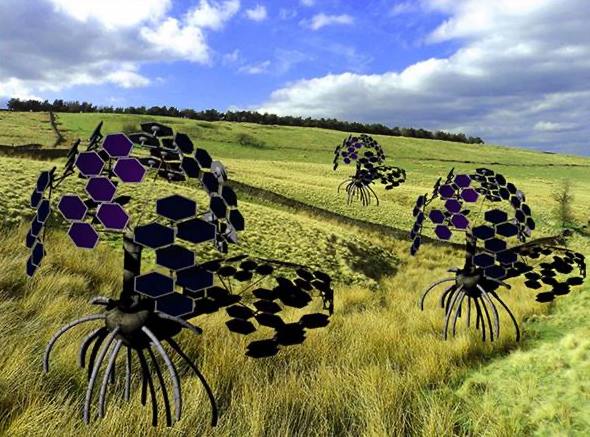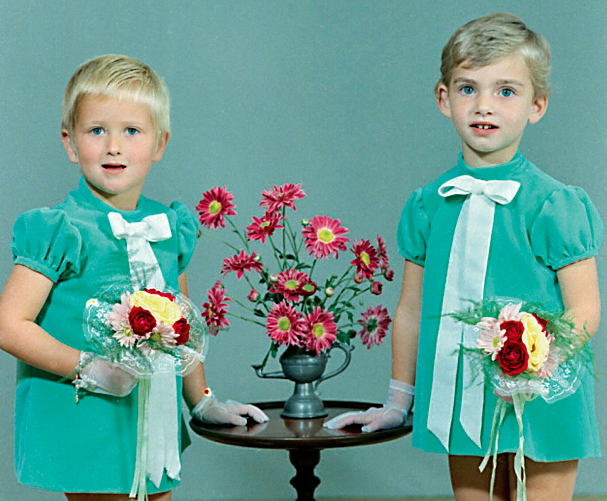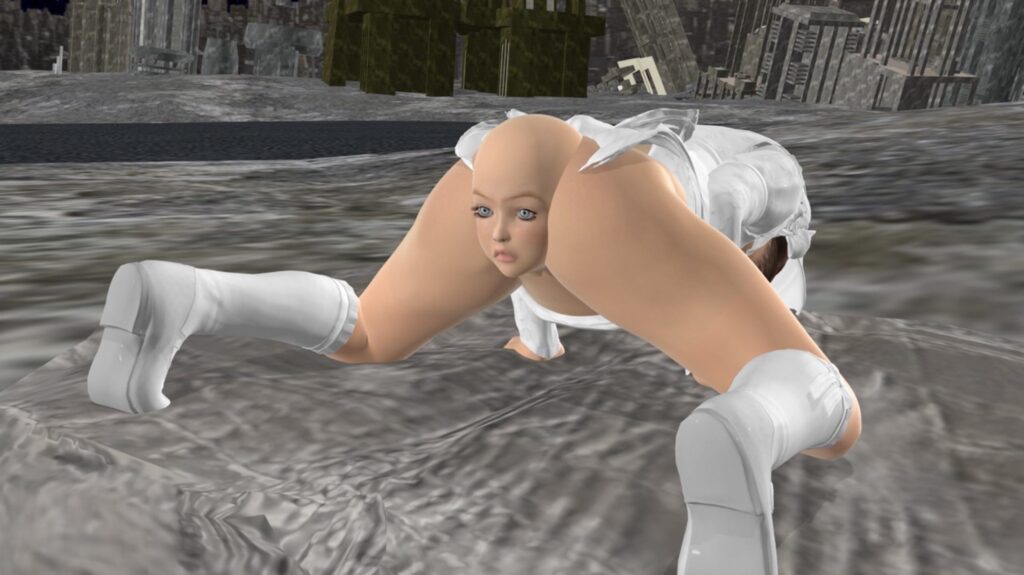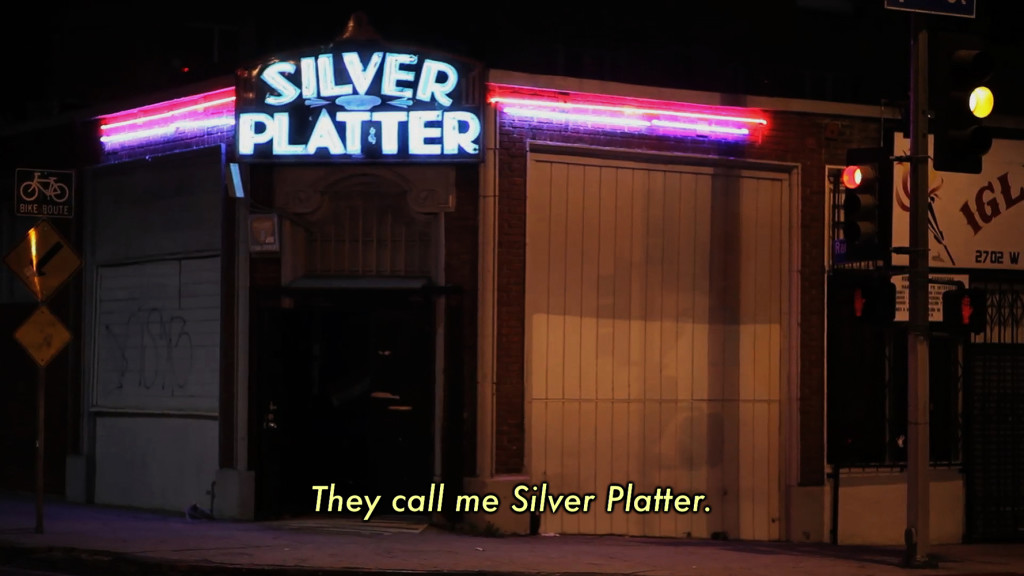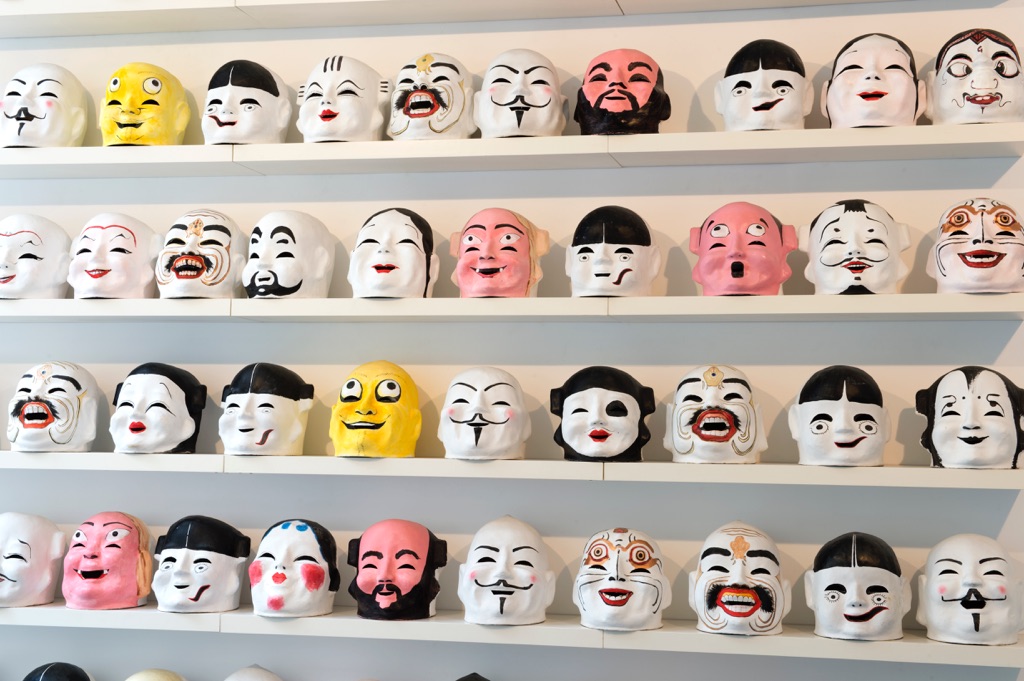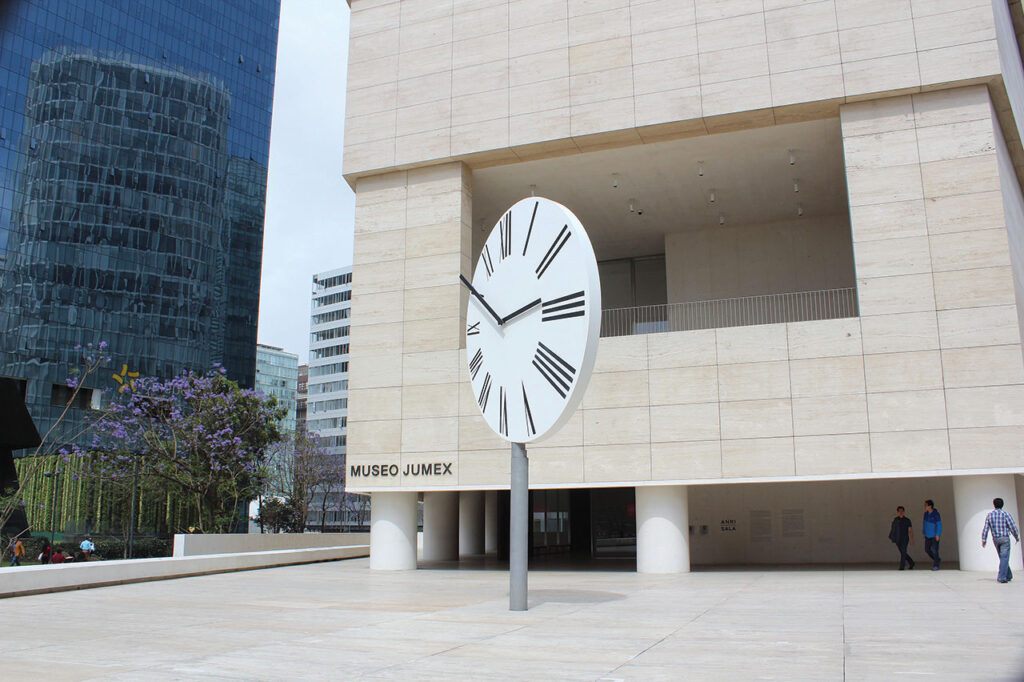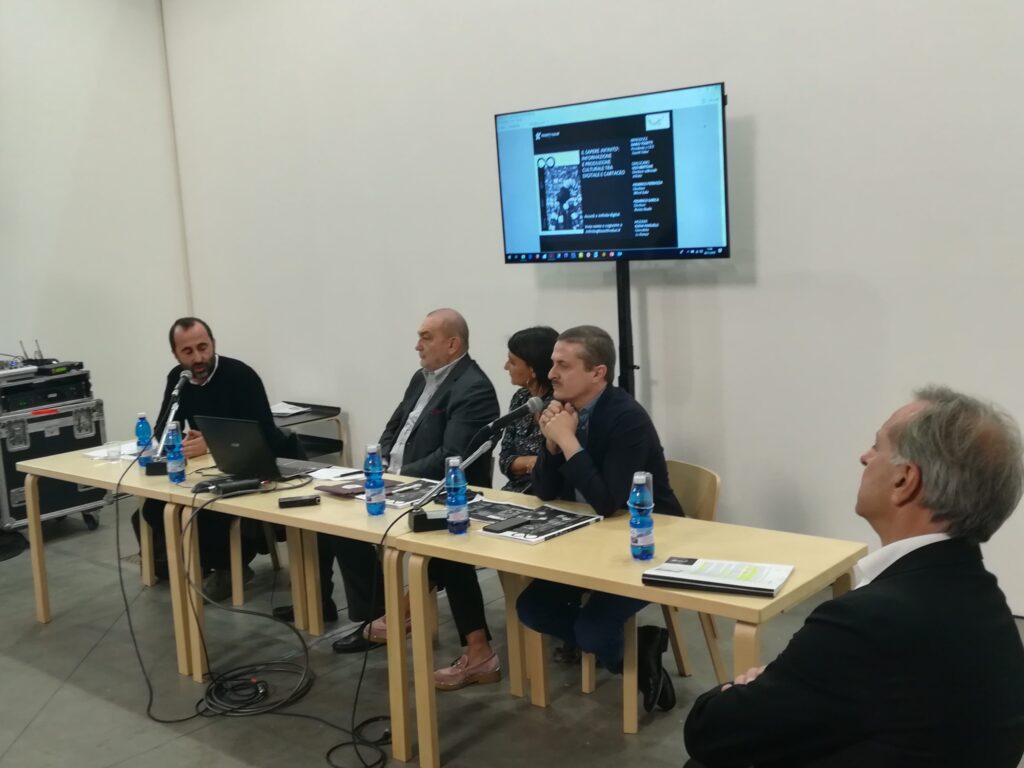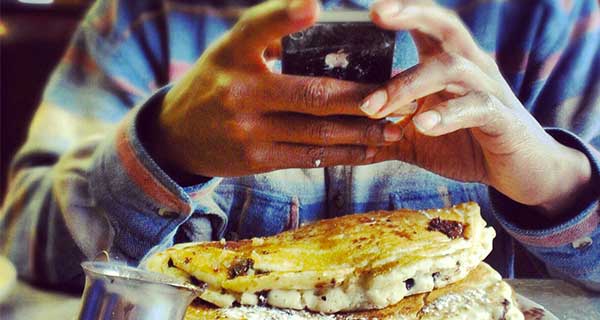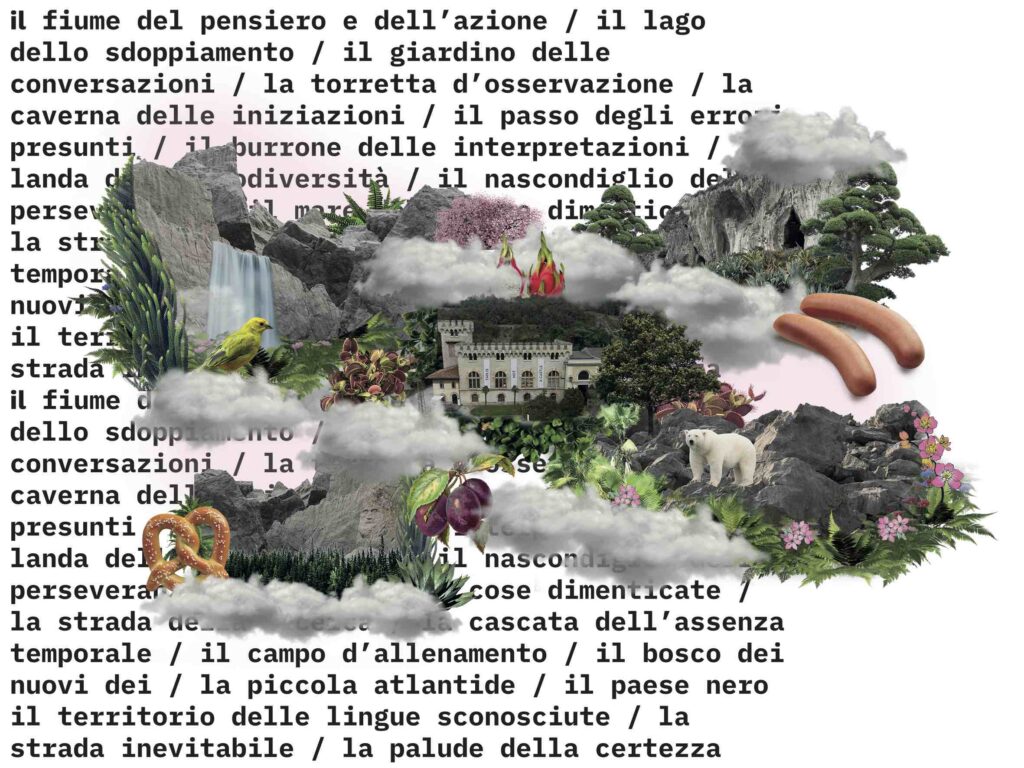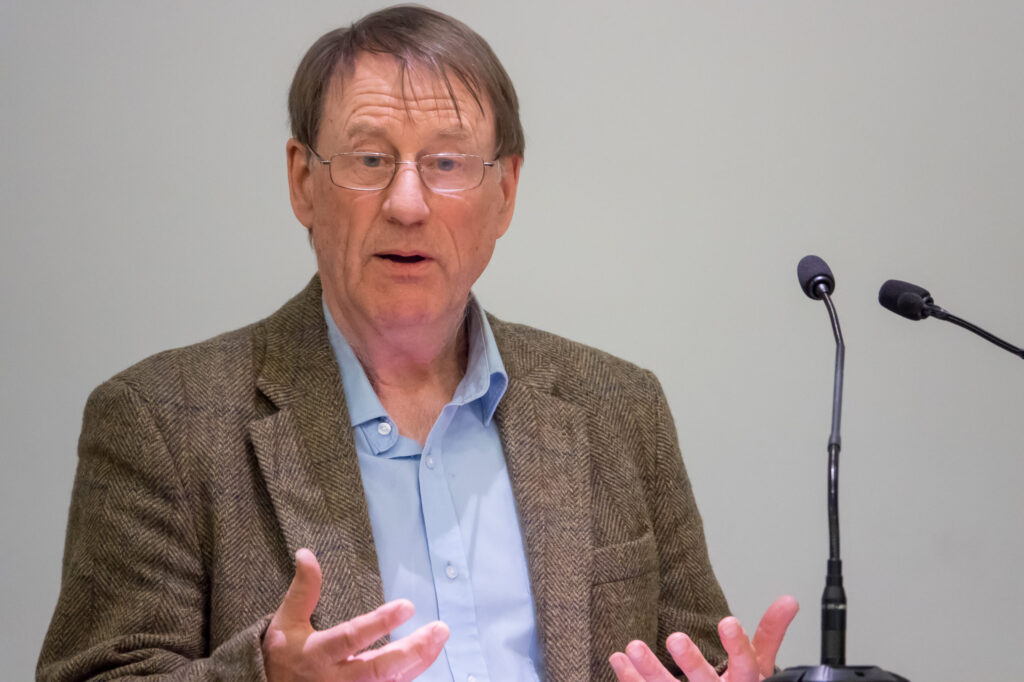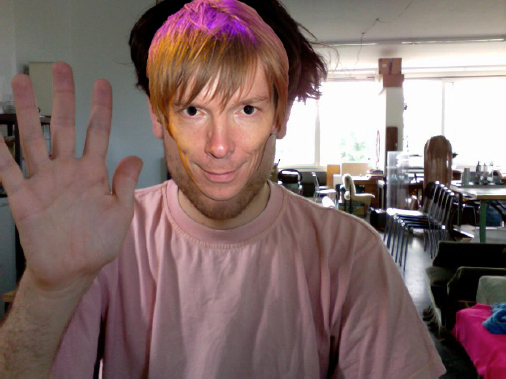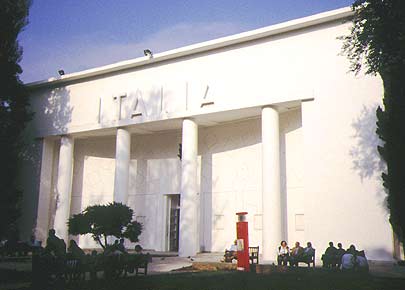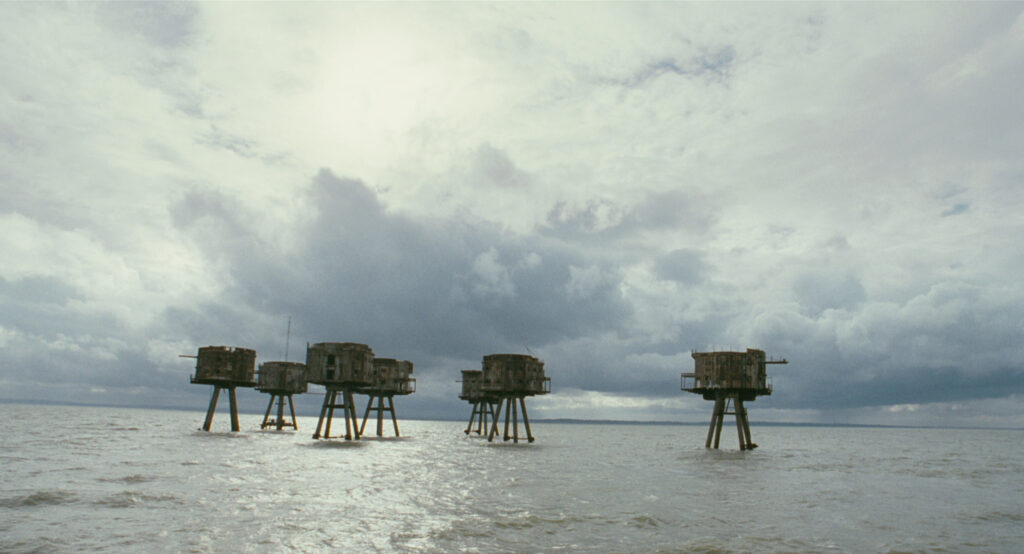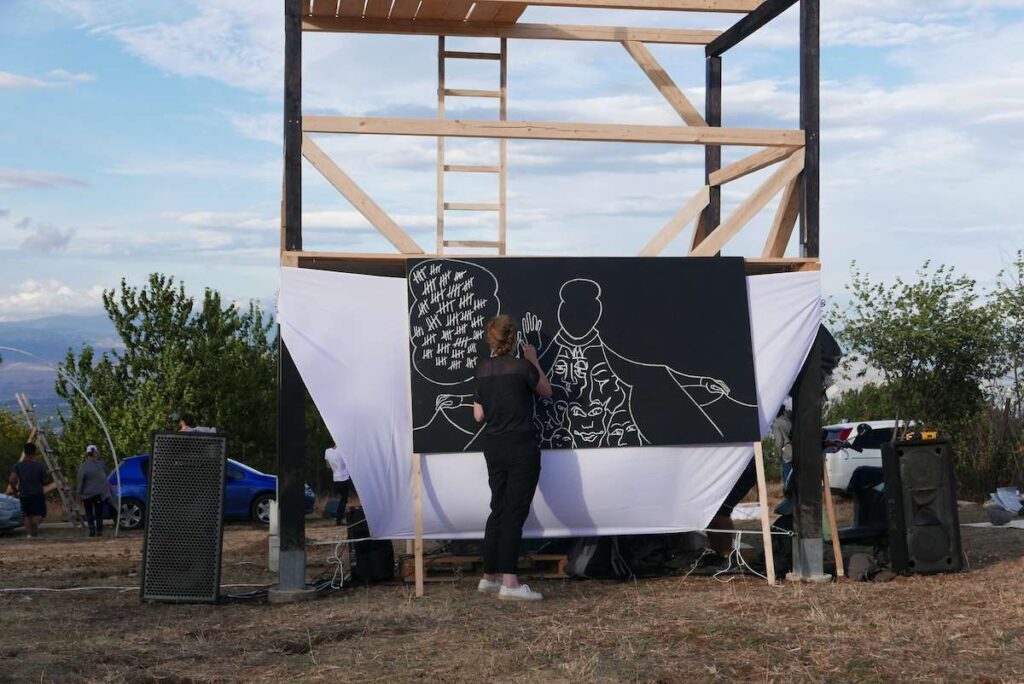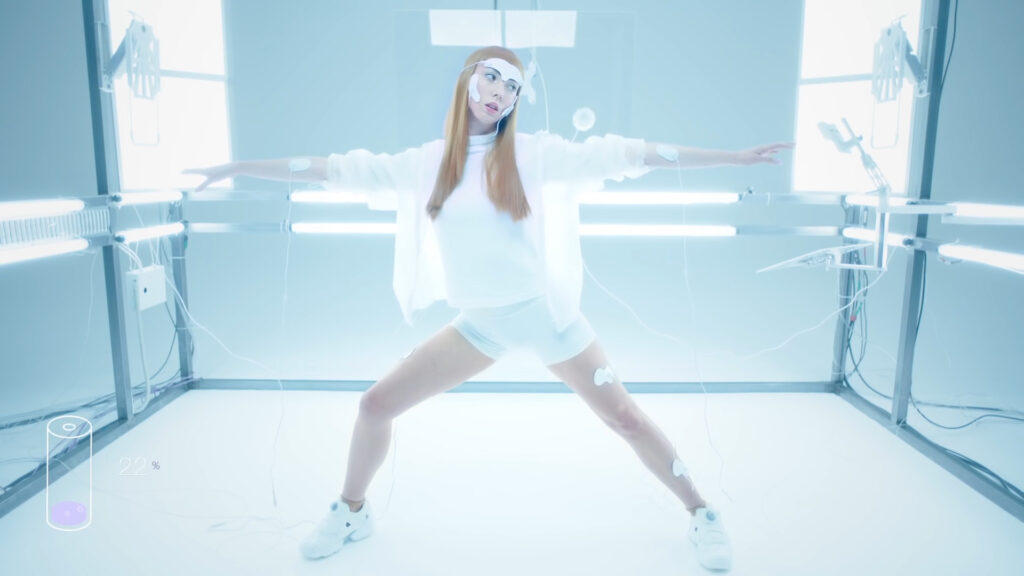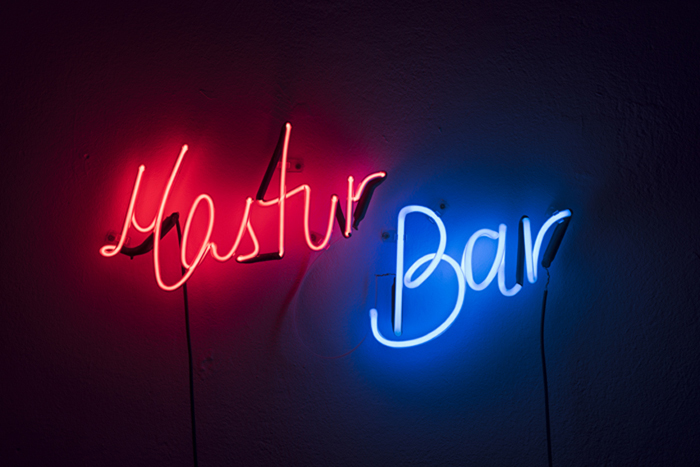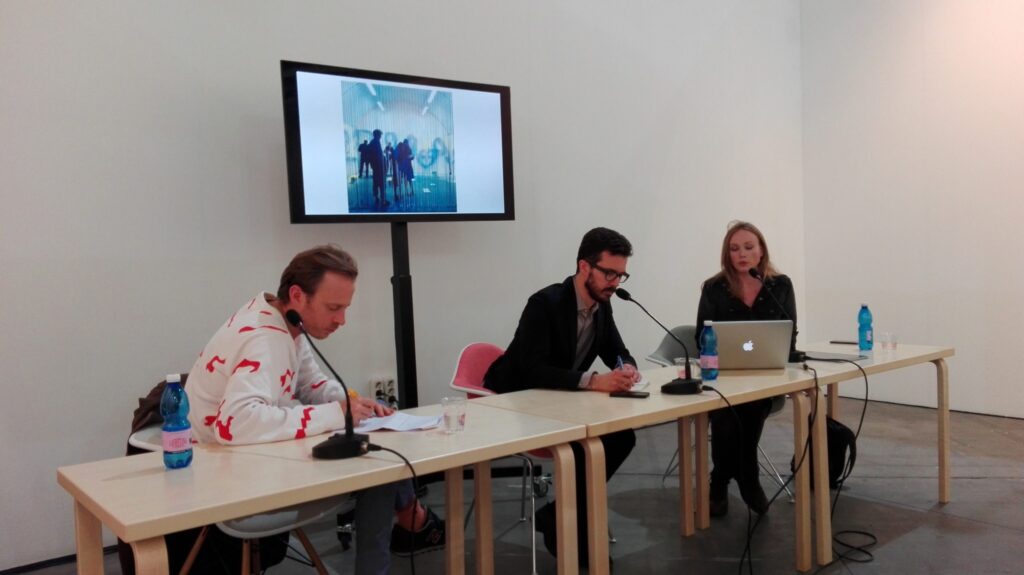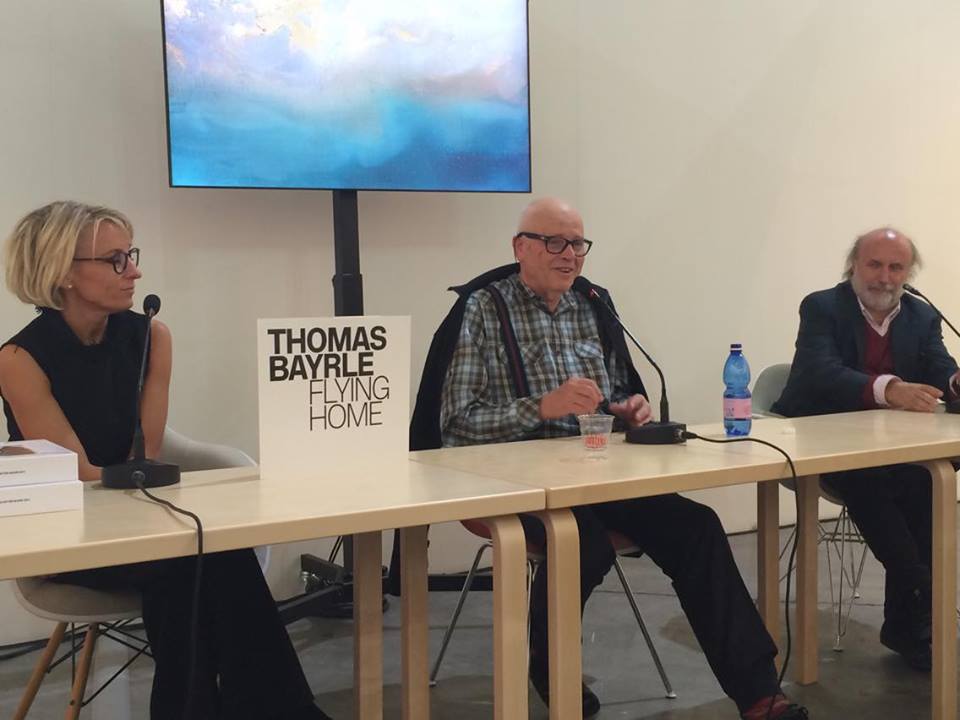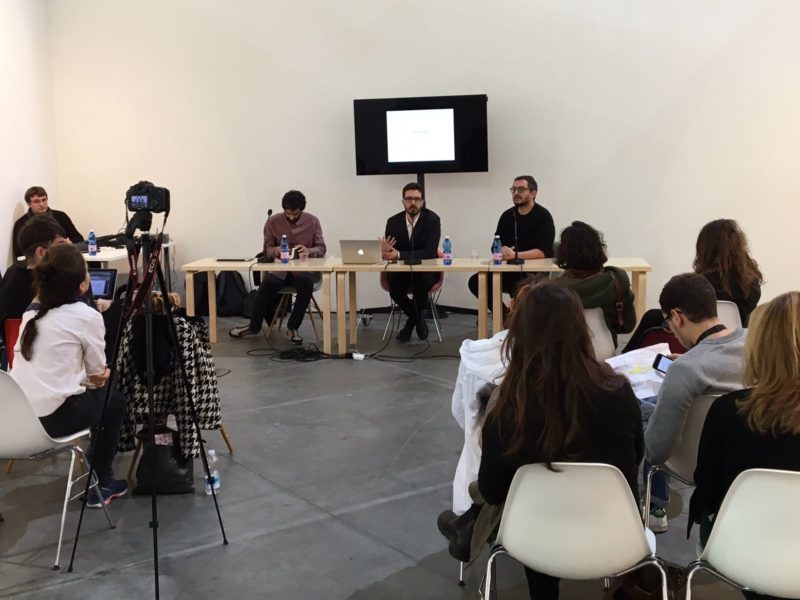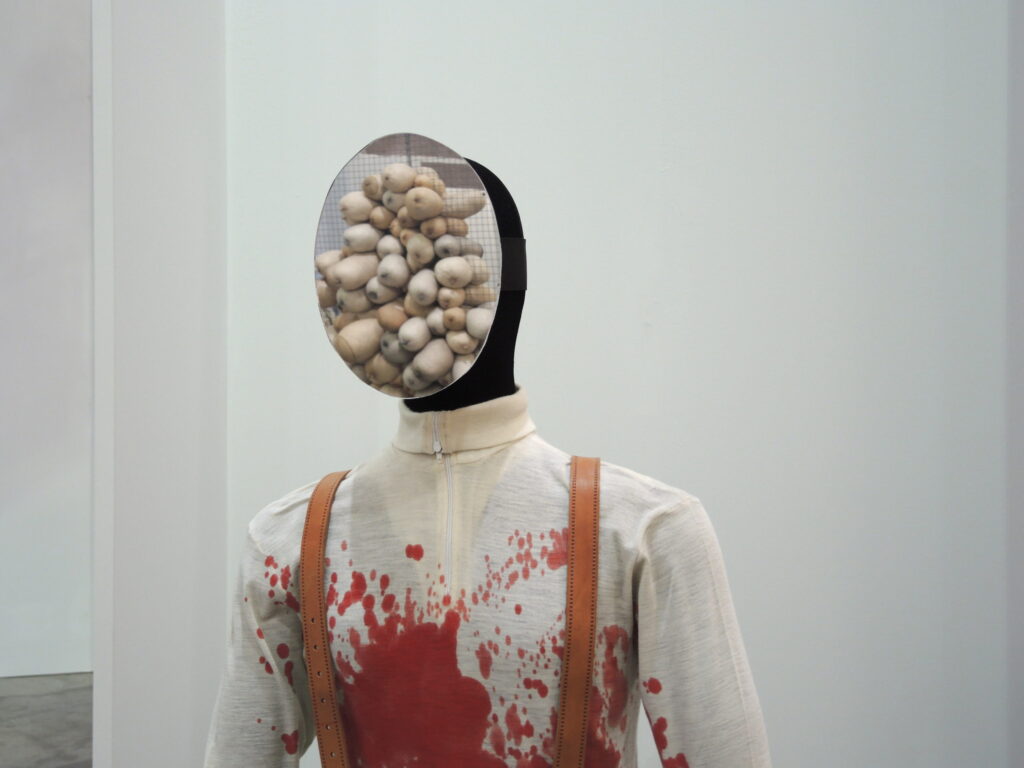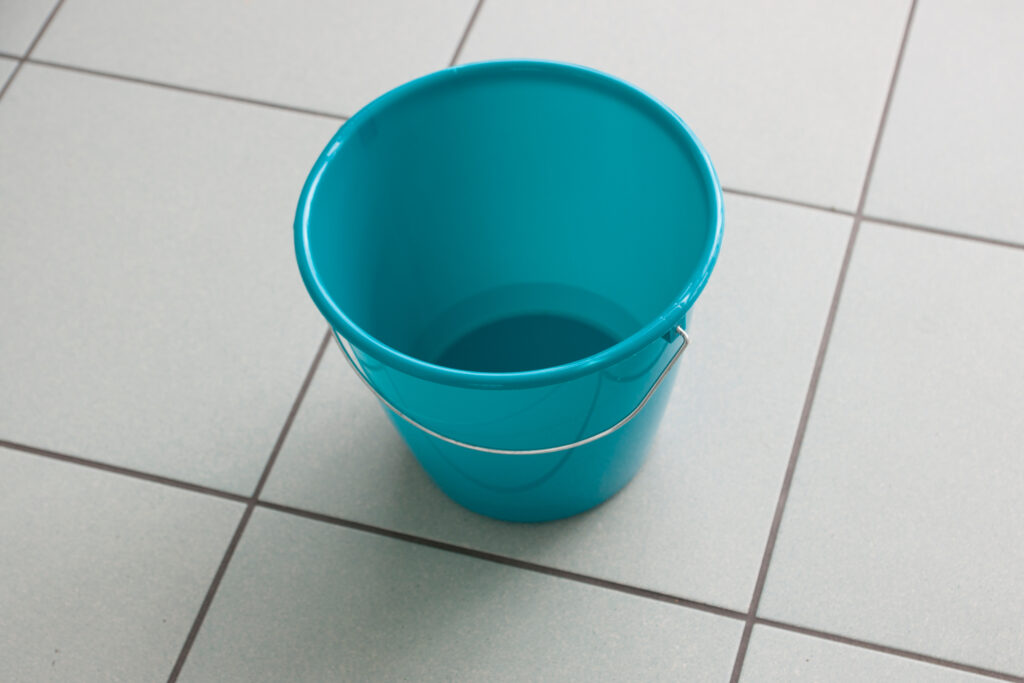 Elliott Erwitt – Versailles – France 1975.
Elliott Erwitt – Versailles – France 1975.
«Art is a way of experiencing the artfulness of an object. The object is not important».
Viktor Shklovsky
According to Kant, the aesthetics pleasure comes from the contemplation of the shape, an action that is characterized by the disinterest for the object itself. The aesthetic experience actually should be based on this approach as it stabilises the first contact with the stimulus and so the kind of fruition. In The world as will and representation (1819), Schopenhauer recalls the topic of the contemplative detachment to elect art as a possible possible to set oneself free from vicious circles which will condemn us, will as the irrational principle that move and determinate the representation of the reality and that is daily enslaved by desire. The premise is the acceptation of the conception of art not as a reproduction of the idea of the reality but as expression of the insight of it, and so of the contemplation as way to experience it. To make it happen, the conscience should take a step back, the contact with the stimulus should be distinguished by an apparent detachment non conditioned by the desire of to obtain, control or manipulate the object. Only in this way it is possible to reach the aesthetics pleasure. So the kantian conception of the disinterested contemplation assumes a redeeming meaning because it makes the awareness free from anything. The peak of the process should be the ascension beyond any influence of the will, getting to the experience of Sublime.
Put to the side the idealistic catharsis in the proposal of the philosopher, that does not mean reject it, it is interesting to focus on the concept of contemplation. Is it possible to identify an effective and distinguished psychophysiological inclination to the aesthetics stimulus? Is it perceived by particular synchronization of neuronal circuits?
The topic rise up the analysis of three points:
1) The definition and description of the state of consciousness expressed by the aesthetics contemplation
2) The role of the context in the process
3) The personal inclination/attitude to this phenomenon is defined as an artistic sensibility
Confronting with an object, we usually we look for the ‘affordances’ (Gibson 1979) that are the blender actions that the stimulus suggests, for example the grabbing of biting. During the contemplation it should be active as a different modus operandi for another alternative system. System are syncronized activation of neuronal groups. If the affordance of the object is perceived, it should imply getting back the experience that we have of it in order to establish an active connection. Contemplation should implicate a different approach, released from the utility of the stimulus and bonded to the exploratory re-elaboration of it; it is a process that leads to a certain pleasure, the aesthetics pleasure.
Speaking of the differences of this two systems, Berridge (Berridge & Kringelbach, 2008) proposes a distinction between the system called ‘wanting’ and the system called ‘liking’. Both are system of rewards, lead by the hedonic value of the stimulus, they work sometimes in a synergic way and ‘share’ the activation of certain cerebral areas. In spite of this, the two processes are distinguishable: the first of, mediated by the dopaminergic system should control the arousal that motivate the organism to reach pleasure. Therefore the appetitive phase that incentivize the action. The second is mediated by endogen opioids and GABAergic neurotransmitters, is linked with a consumption behaviour, a fruition of the reward, marked by a satisfying and quietening pleasure. For the stimuli with a aesthetic value, the process is revealed by a contemplative attitude. The aesthetics stimulus provokes pleasure without evoke additional desires.
During the aesthetics contemplation, should be an activation of the Default Mode Network (DMN), the resting state of the brain. It consists in a cerebral mode of operation that should be have the role to refresh the brain (Raichle, M. E. et al. 2001). It doesn’t mean a deactivation of the organ that, at reverse, present an activation of links of areas thanks to an increase of the metabolism. This state leads especially to a fundamental introspective elaboration activity (Vessel et al. 2012). In the case of the fruition of the aesthetics stimulus should mean an orientation toward inside for the external stimuli that generate meaningful links between stimulus and subject (Vessel et al., 2013). By this way there is a recall of experiential references and a development of new associations. According to the words of Carolyn Christov-Bakargiev, the agency of the object should operate in that phase of the aesthetics process. The stimulus is re-interpreted, re-significated.
The second point focus on the role of the context in the contemplative process. This variable has been undervaluaed for long time in the neuroaesthetics models. But it plays an important role because it naturally pushes the subject to assume this perceptive attitude that, if is not sufficient, is a necessary condition for the aesthetics experience (Chatterjee e Oshin Vartanian 2003). Leder (et al. 2004) supports that the same object is understood and valuated differently if called ‘piece of art’. That is why a classical reversed urinal signed ‘R. Mutt’ could become object of aesthetical judgment. Thinking an object as piece of art and not as daily object actives particularly the entorhinal cortex, the link between the neuronal areas involved in memory, in particular hippocampus, and the other areas of brain. By this way expectation plays a role, increasing or diminishing, depends on the situation, the aesthetics pleasure. In a research on the interaction between the cortical processes with the features of the stimulus (interaction between top-down and bottom-up processes) Cupchik, Vartian, Crawley e Mikulis (2009) underline how, when the object is considered ‘piece of art’, person tends to experience subjective reactions for the stylistic and structural features instead of focus on the elements’ identification. The same object, observed under different condition, could evoke different neuronal responds. In addition, some psychodynamic researches try to demonstrate how museum is necessary to the aesthetics emotion as ‘safe place’ where could feels even uncomfortable personal projection due to the agency of the stimulus.
According to Viktor Shklovsky: «An image is not a permanent referent for those mutable complexities of life which are revealed through it, its purpose is not to make us perceive meaning, but to create a special perception of the object – it creates a vision of the object instead of serving as a means for knowing it».
This could leads to embarrassing tries of decodification in stand of contemporary art, as when, at an exhibition, visitors took pictures of classical pair of glasses left exchanged them for a piece of the museum.
Finally it is important to analyze the subjectivity during the contact with the stimulus. The aesthetics experience needs an intentional orientation of the perception to the extraction of the propriety of the piece (Cupchik, Vartian, Crawley and Mikulis, 2009) but the attention that leads the contemplative exploration is not a standard and routinary behaviour, but an approach highly influenced by the psychophysiological state of the moment, by the experience of the artistic stimuli – a sort of expertise in taste – and the general approach with the external – indeed a ‘contact style’ (Ruggieri, 2006). These variables, in a changeable synthesis, should represent the aesthetics attitude, the artistic sensibility. In literature it has been suggested the ‘T-factor’ – where ‘T’ is for ‘Taste’-, an index that should try to measure the answer to the aesthetics stimuli referring to external standars (Eysenck & Hawker, 1994; Eysenck, 1941). Even if, of course, this measure is highly hard and risky, should give an idea of the differences in aesthetics judgment compared with variables as artistic education and personality. Understand the neuronal basis of the artistic taste and how the aesthetics judgment could be modified by training is a goal of the neuroaesthetics research. A fundamental question is if the aesthetics judgment involves specifics neuronal networks or is it is a consequence of a classical elaborative answer of the stimulus.
To conclude, the contemplative approach should comport a change of prospective, the sensation of the object based on the perception of it a certain moment and context, bonded to the memory but, at the same time, released by the knowledge that we have of it. All, like always, filtered by «impalpable subjectivity of who observe and decode the ‘picture-stimolus’» (Ruggieri, 2006).
